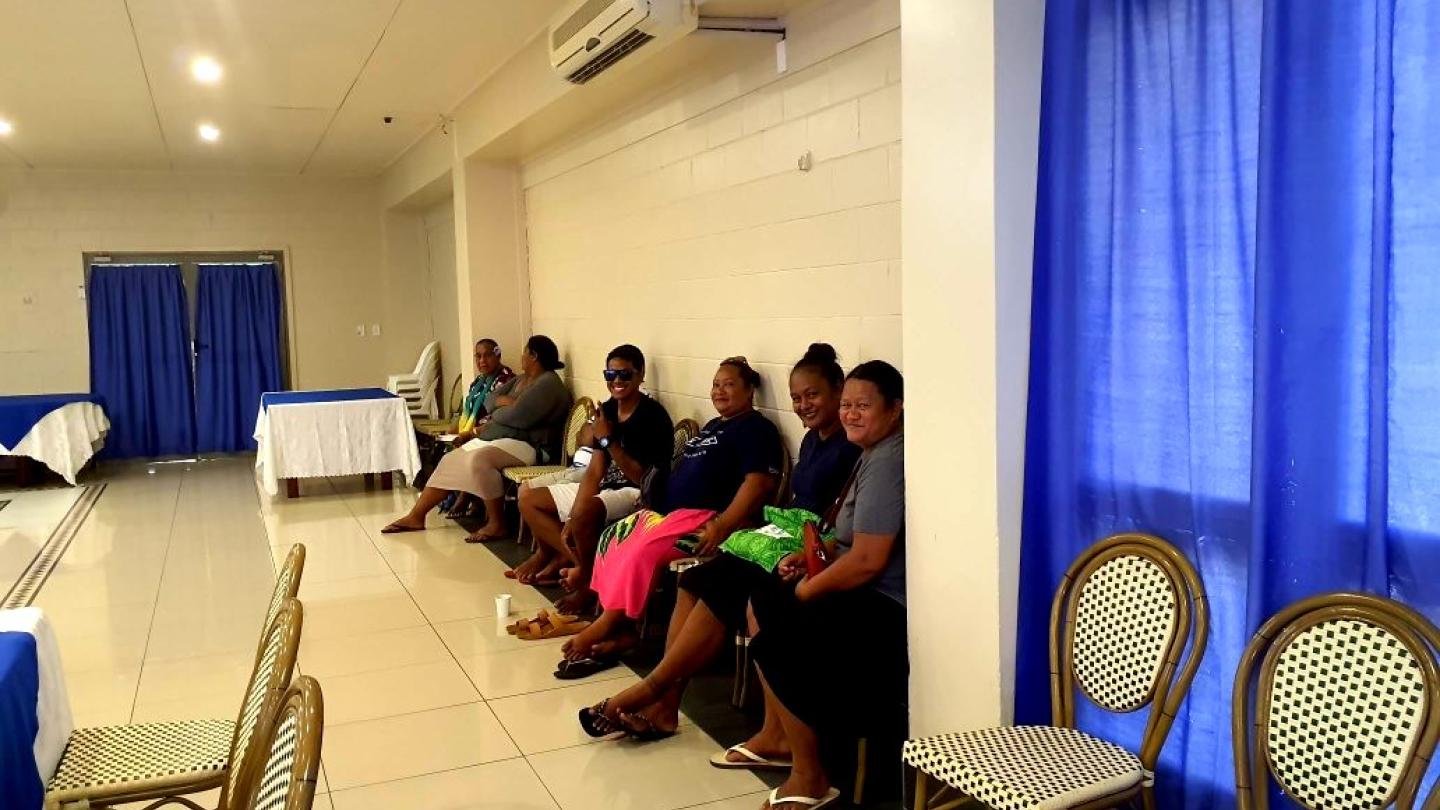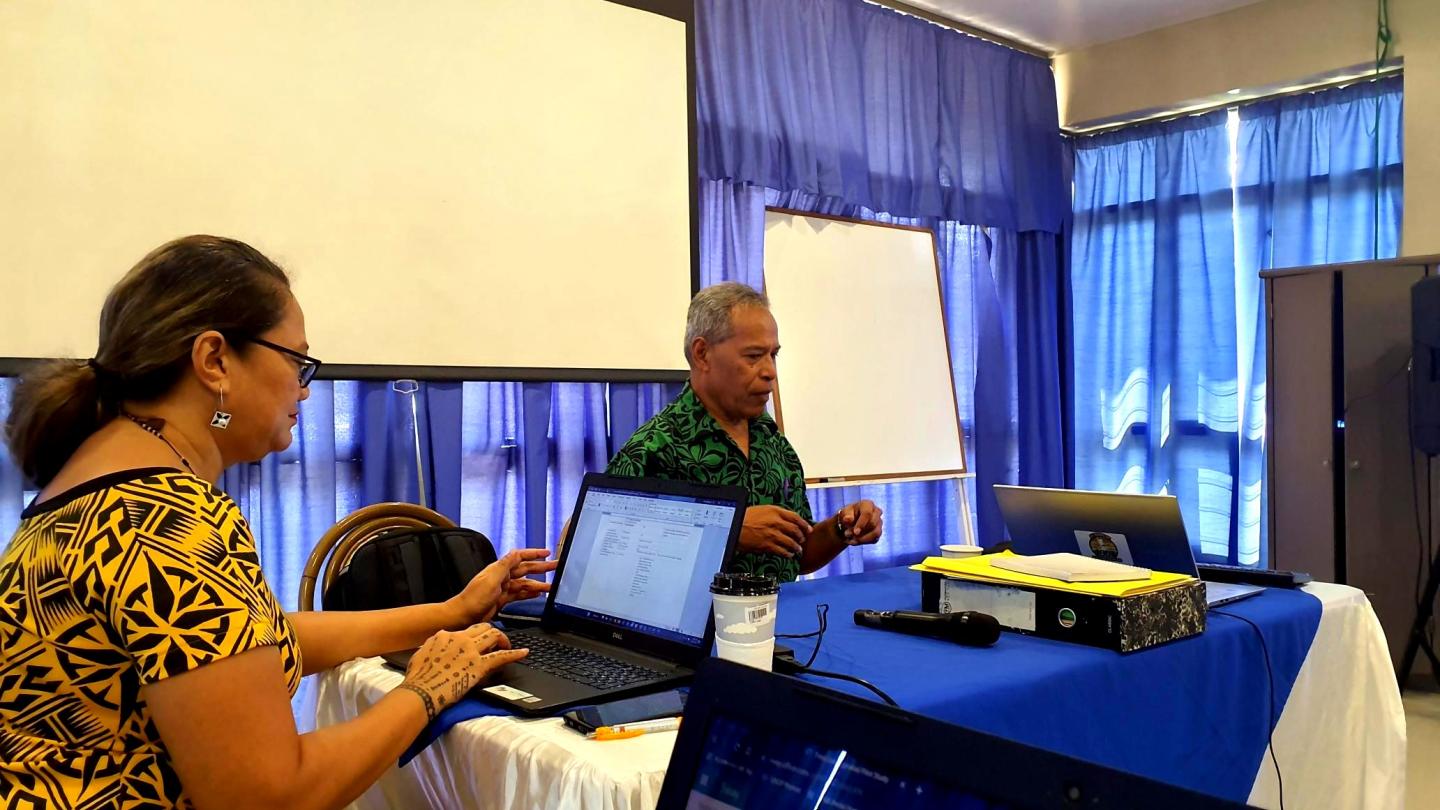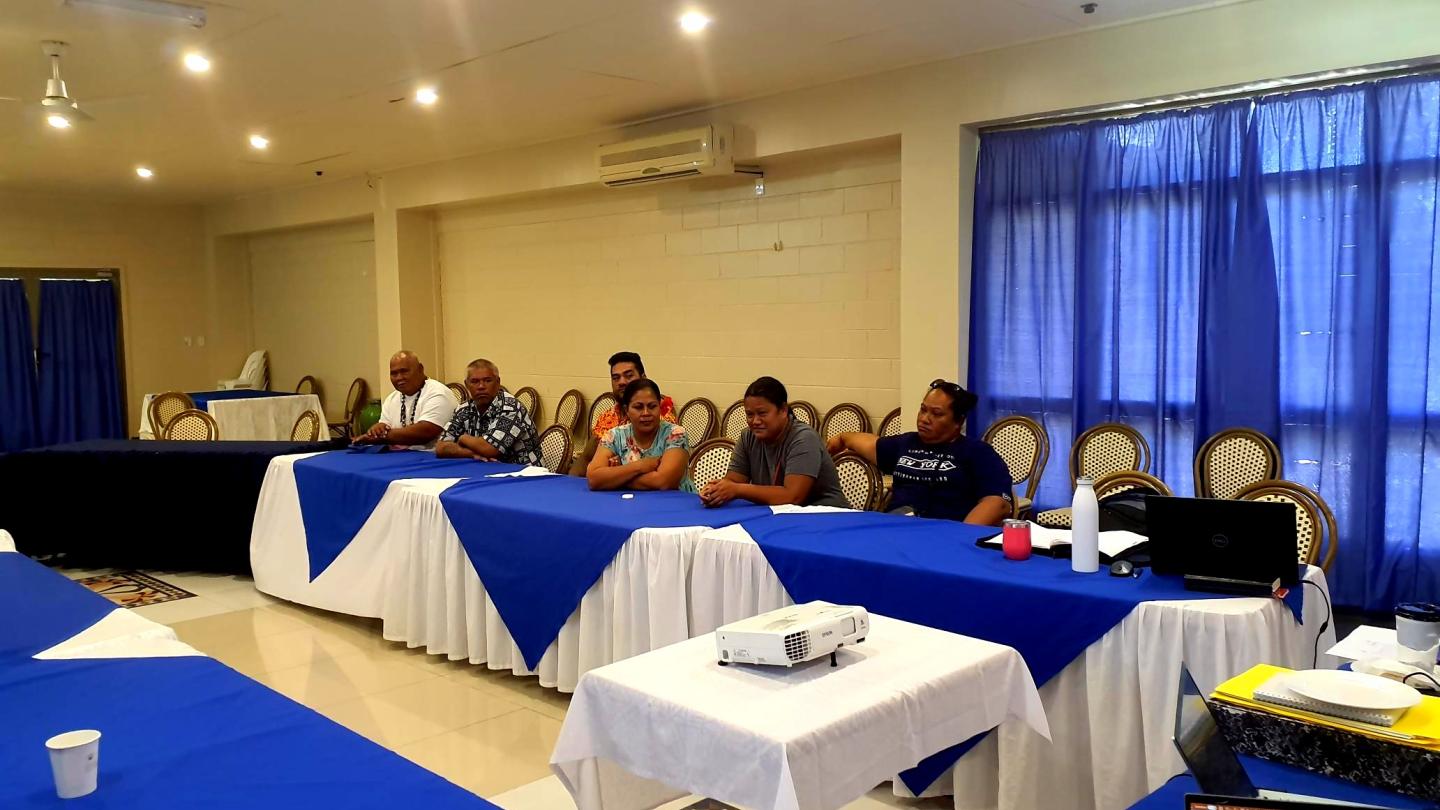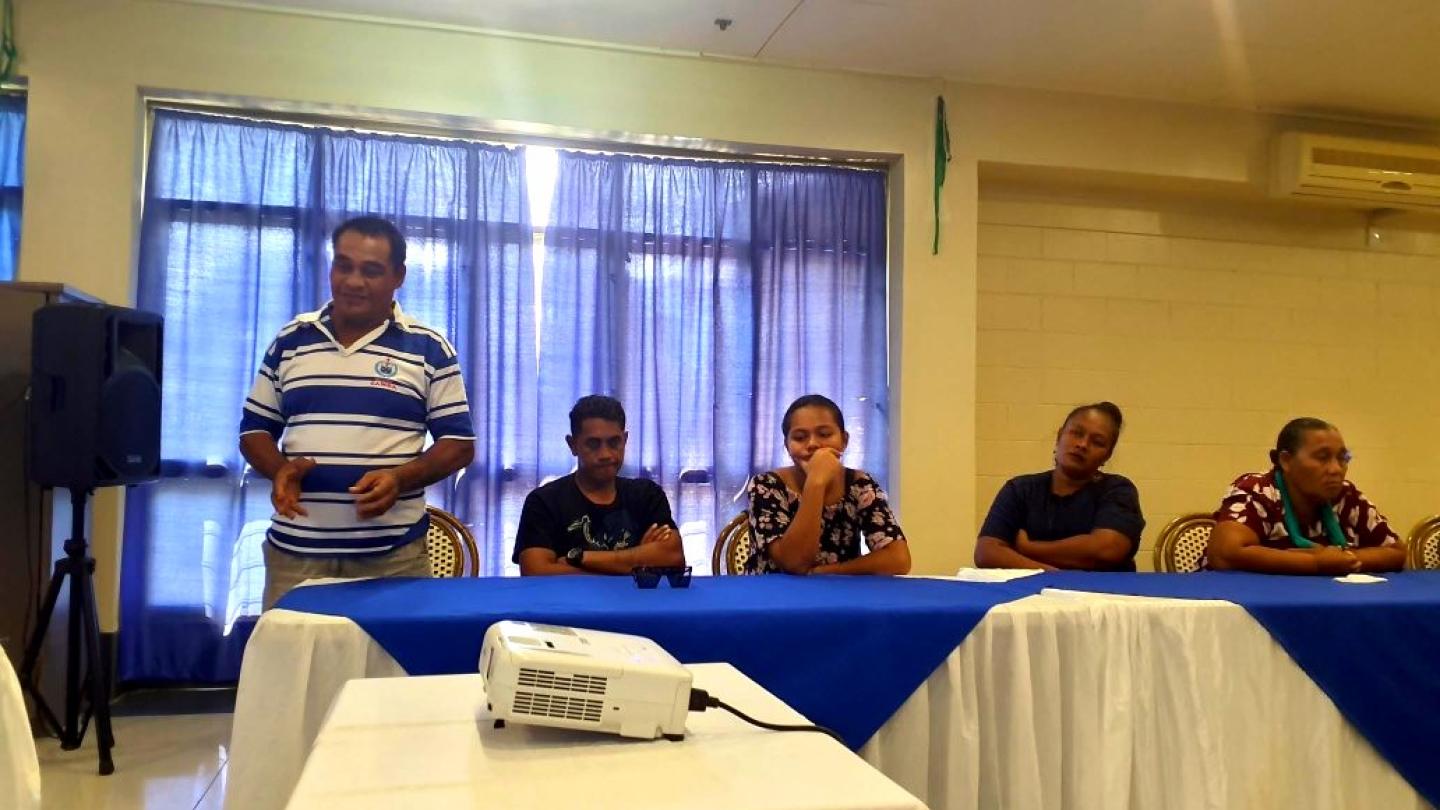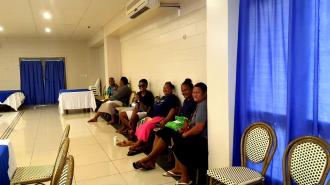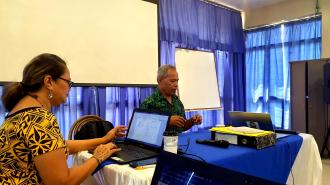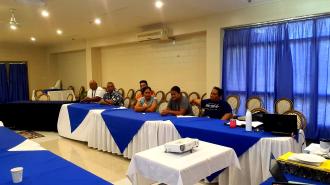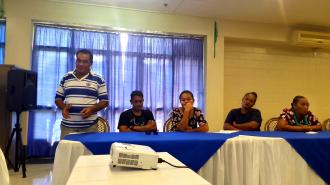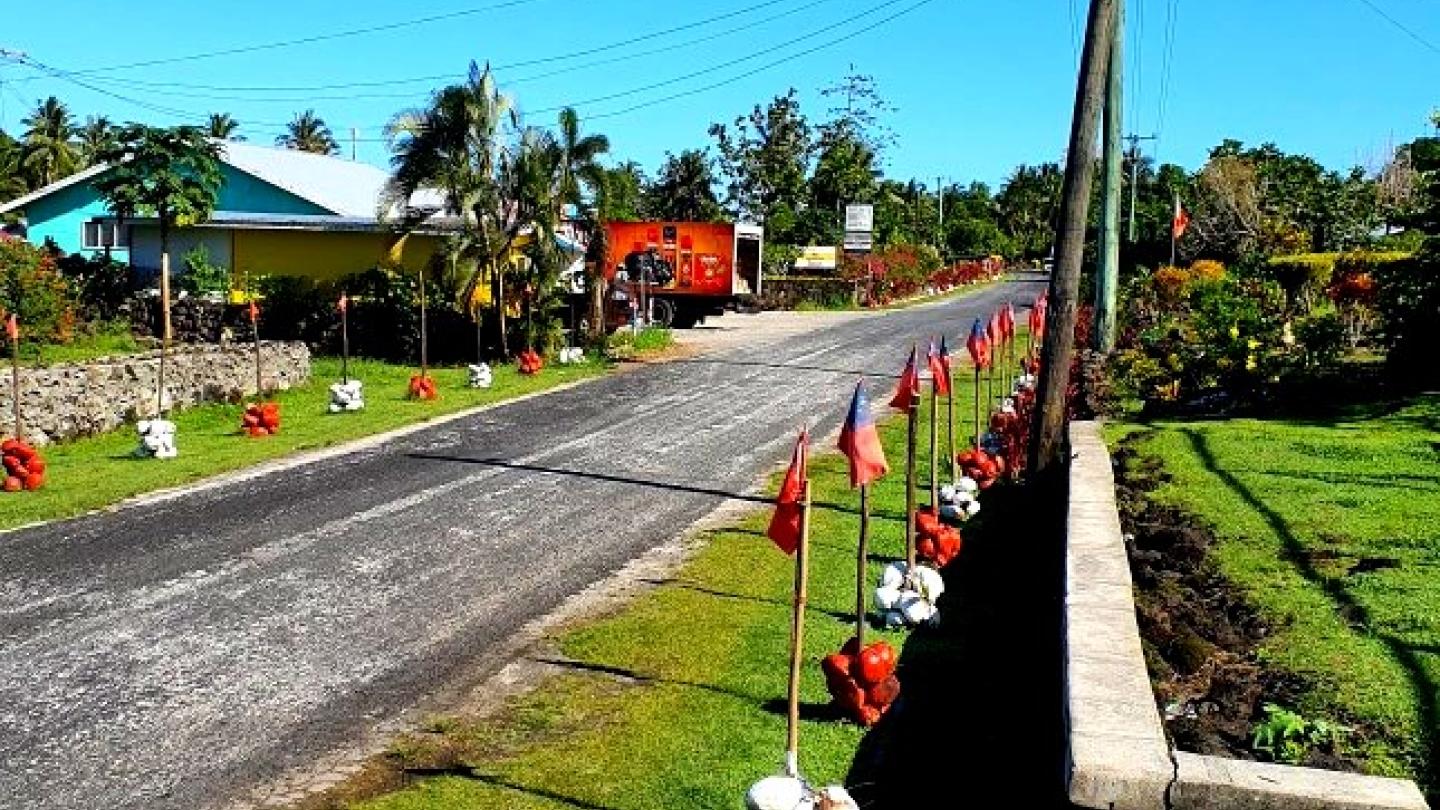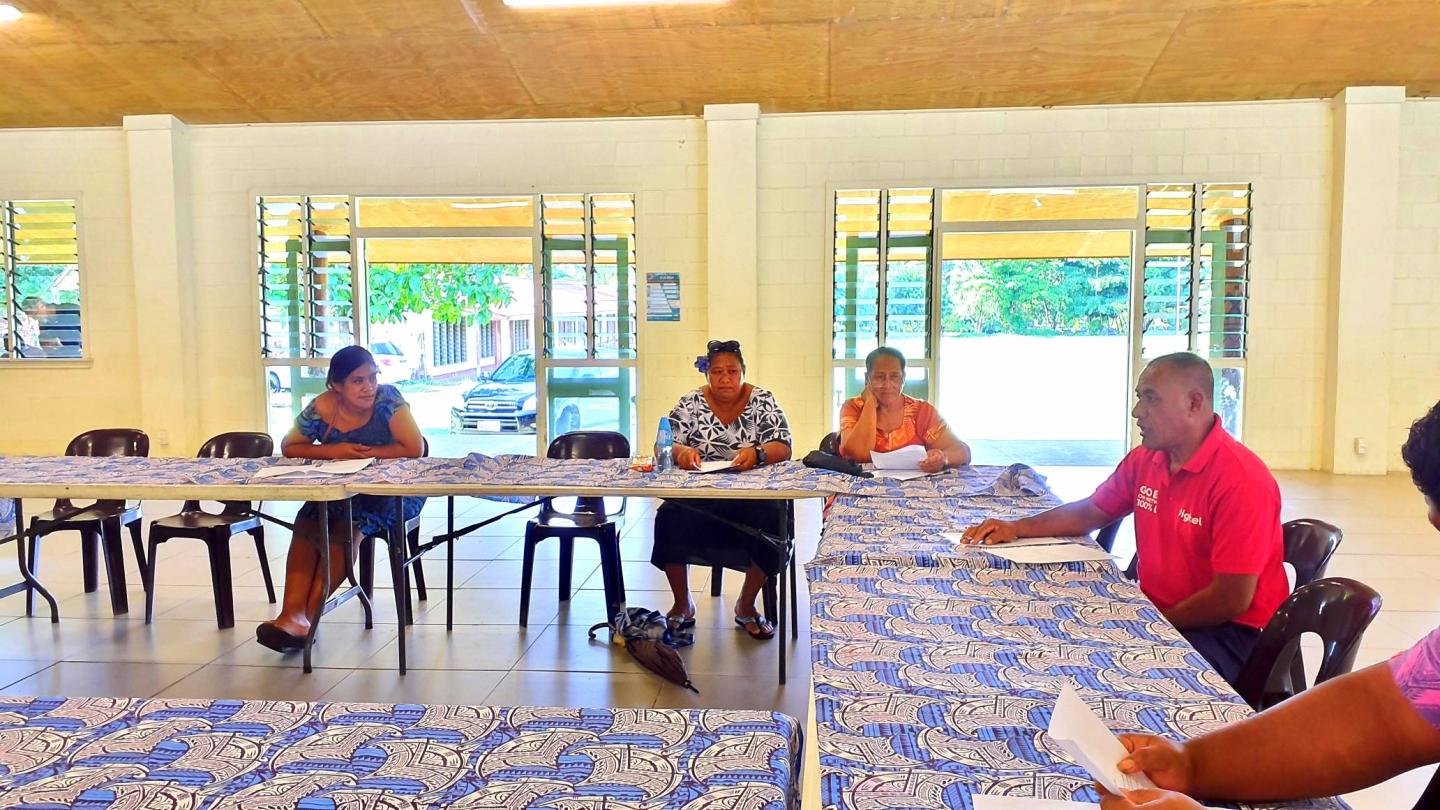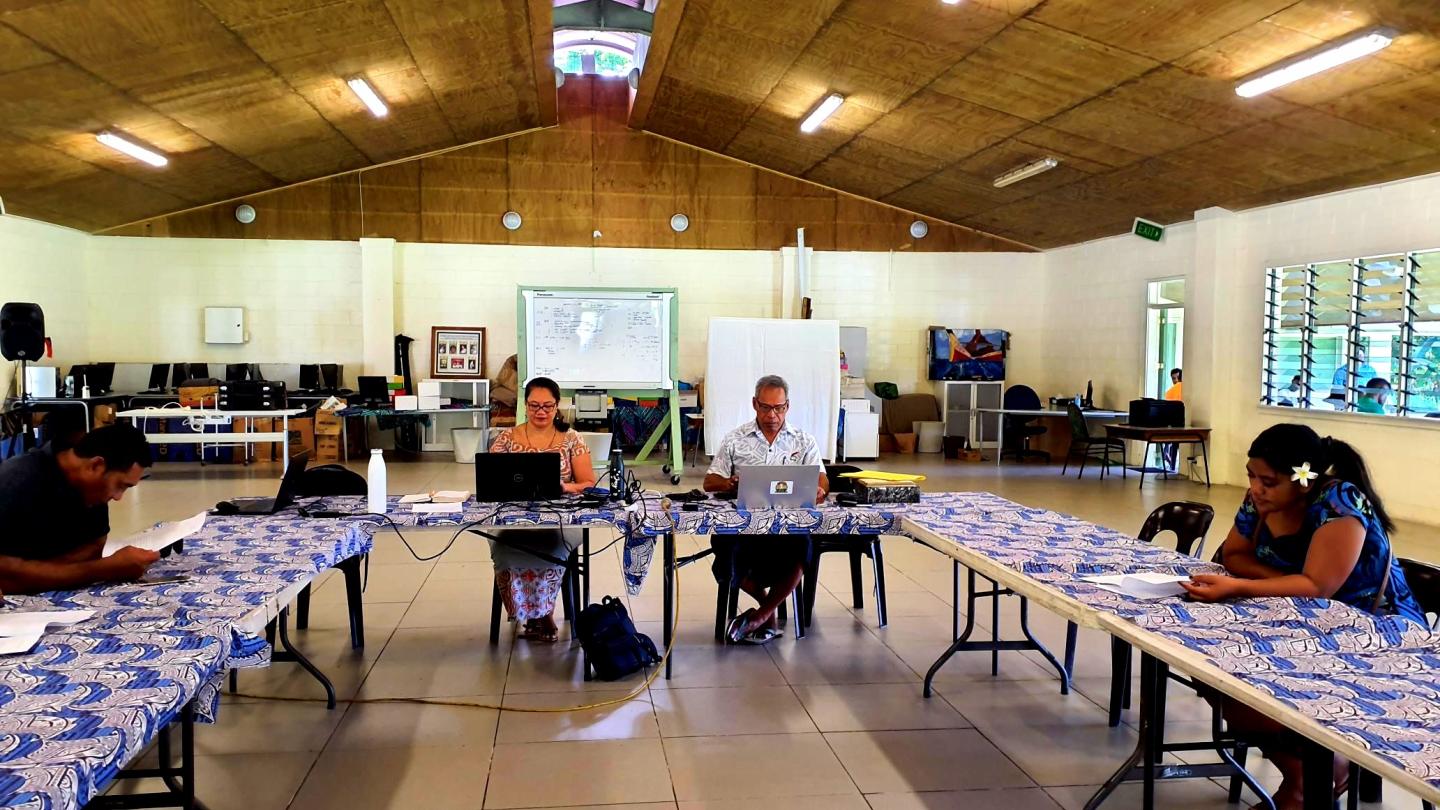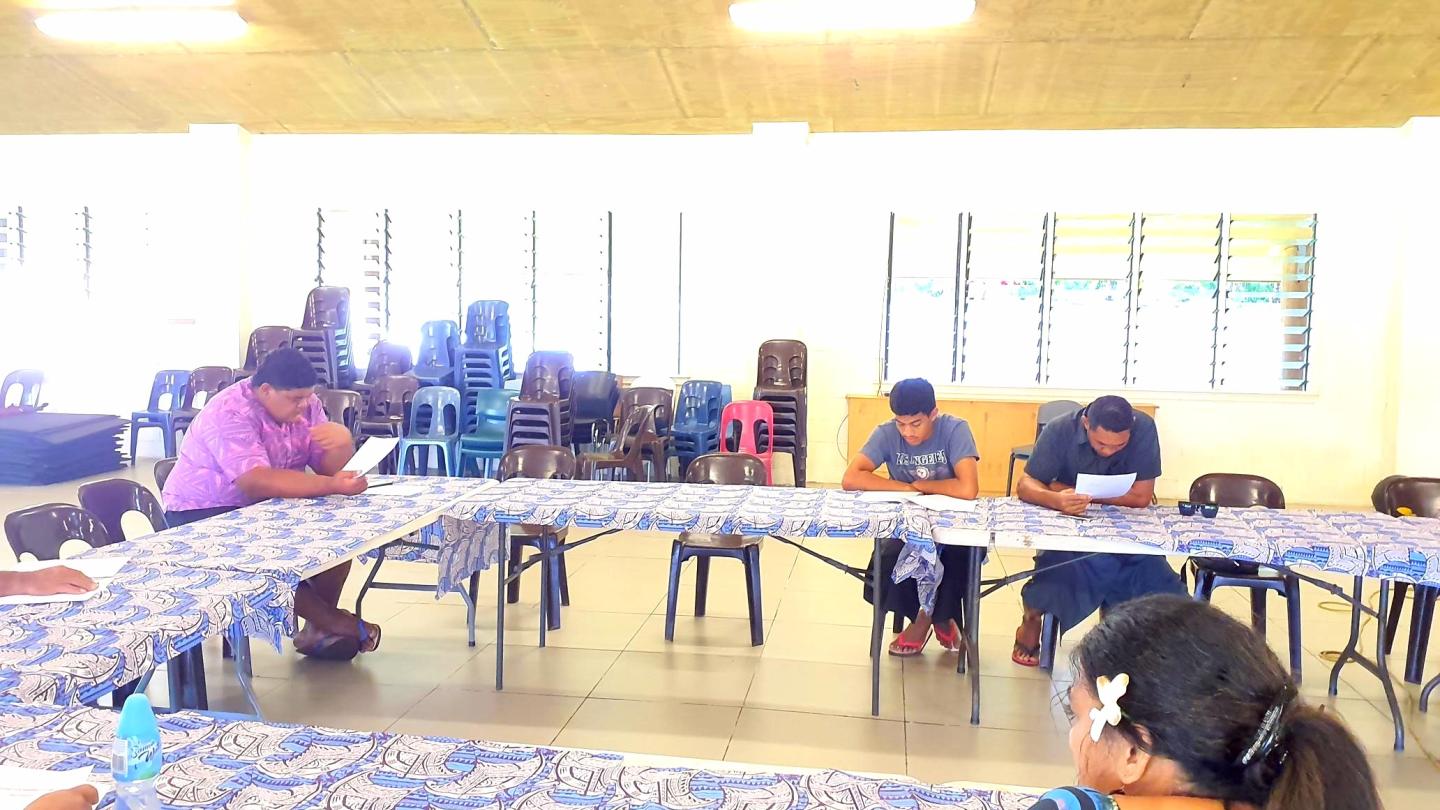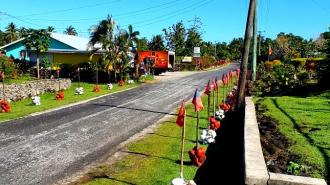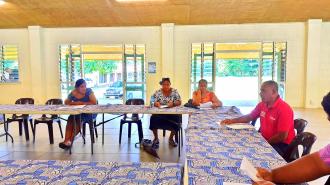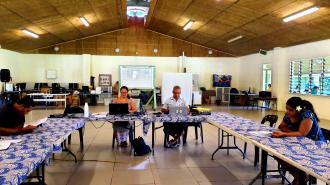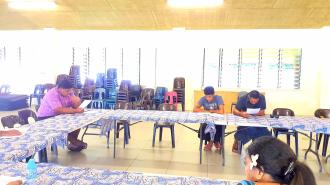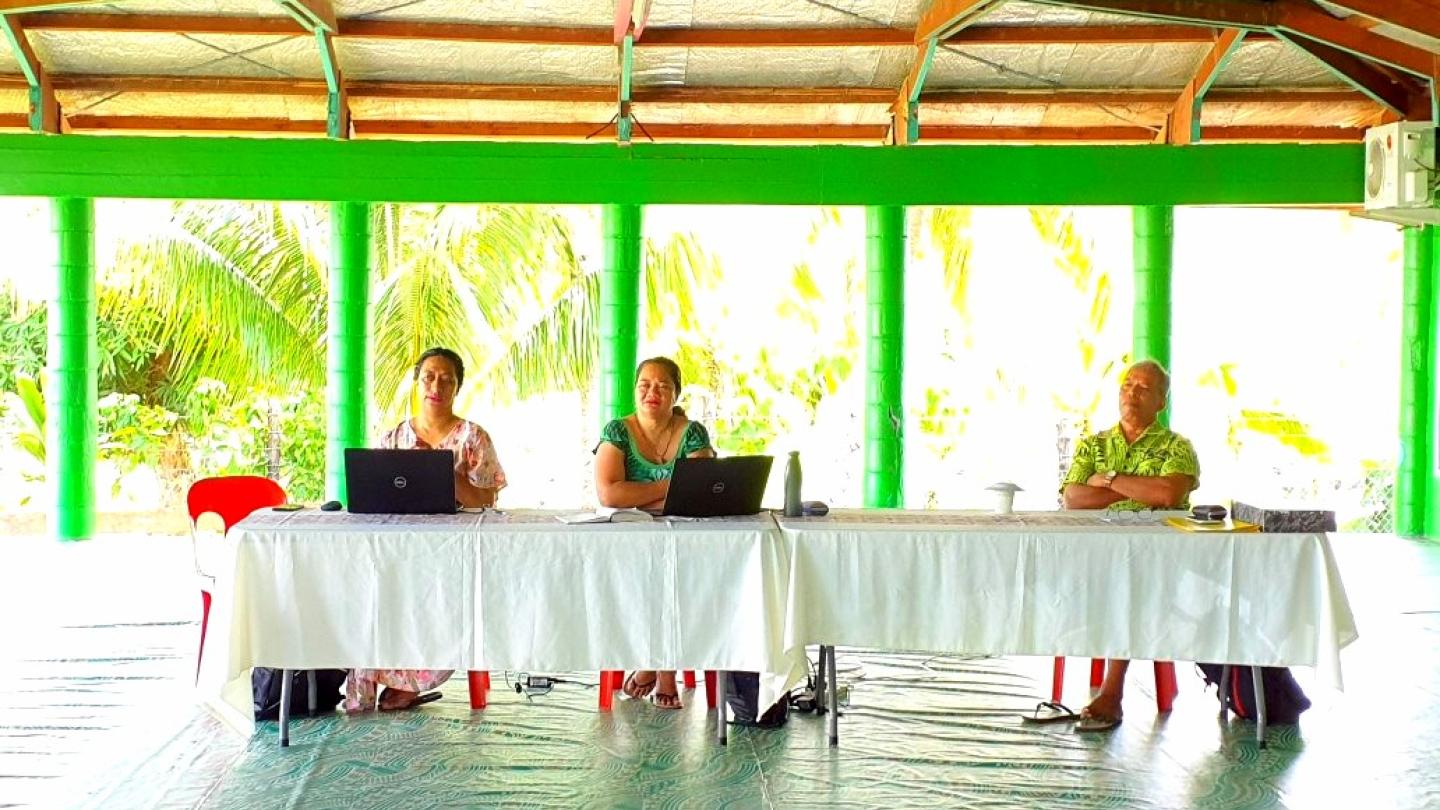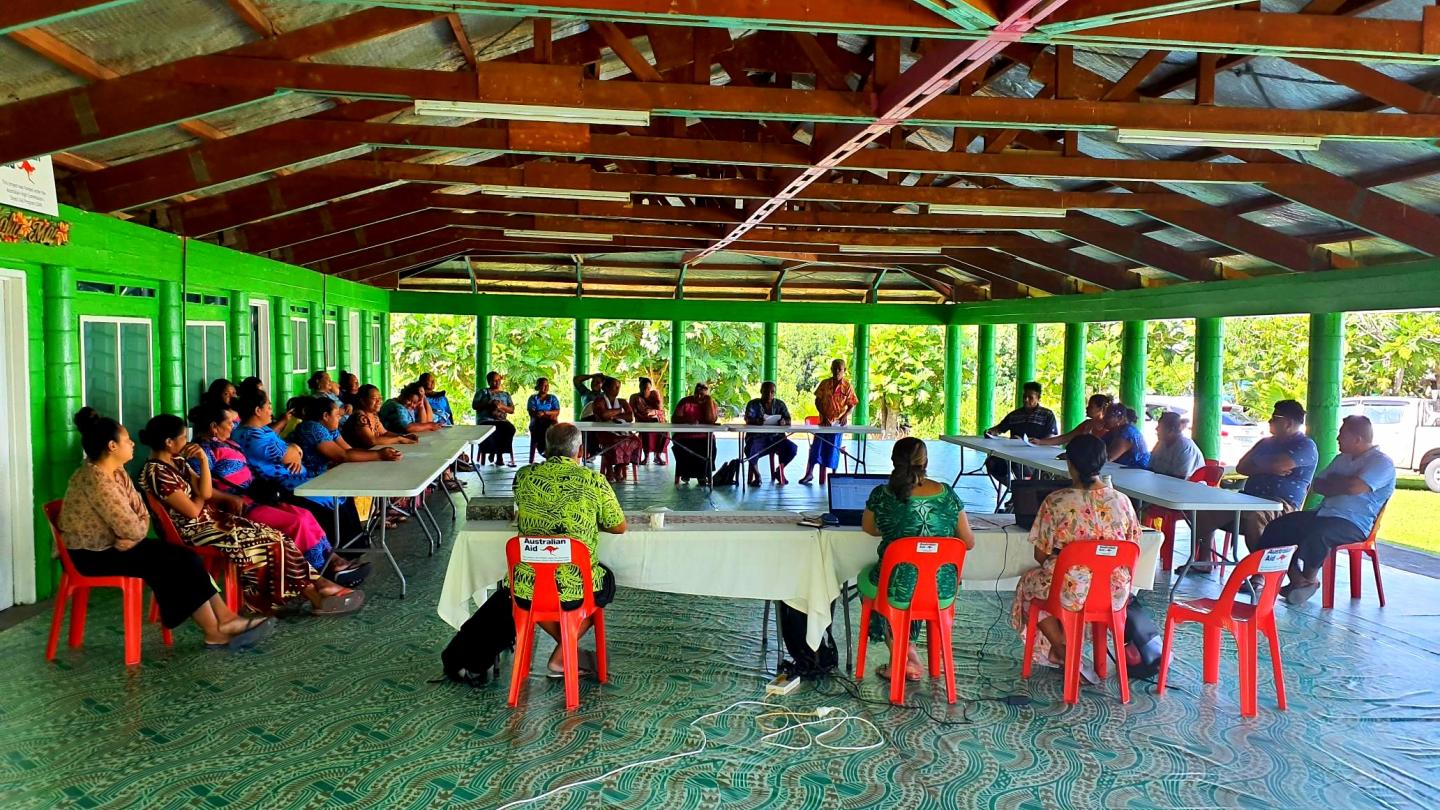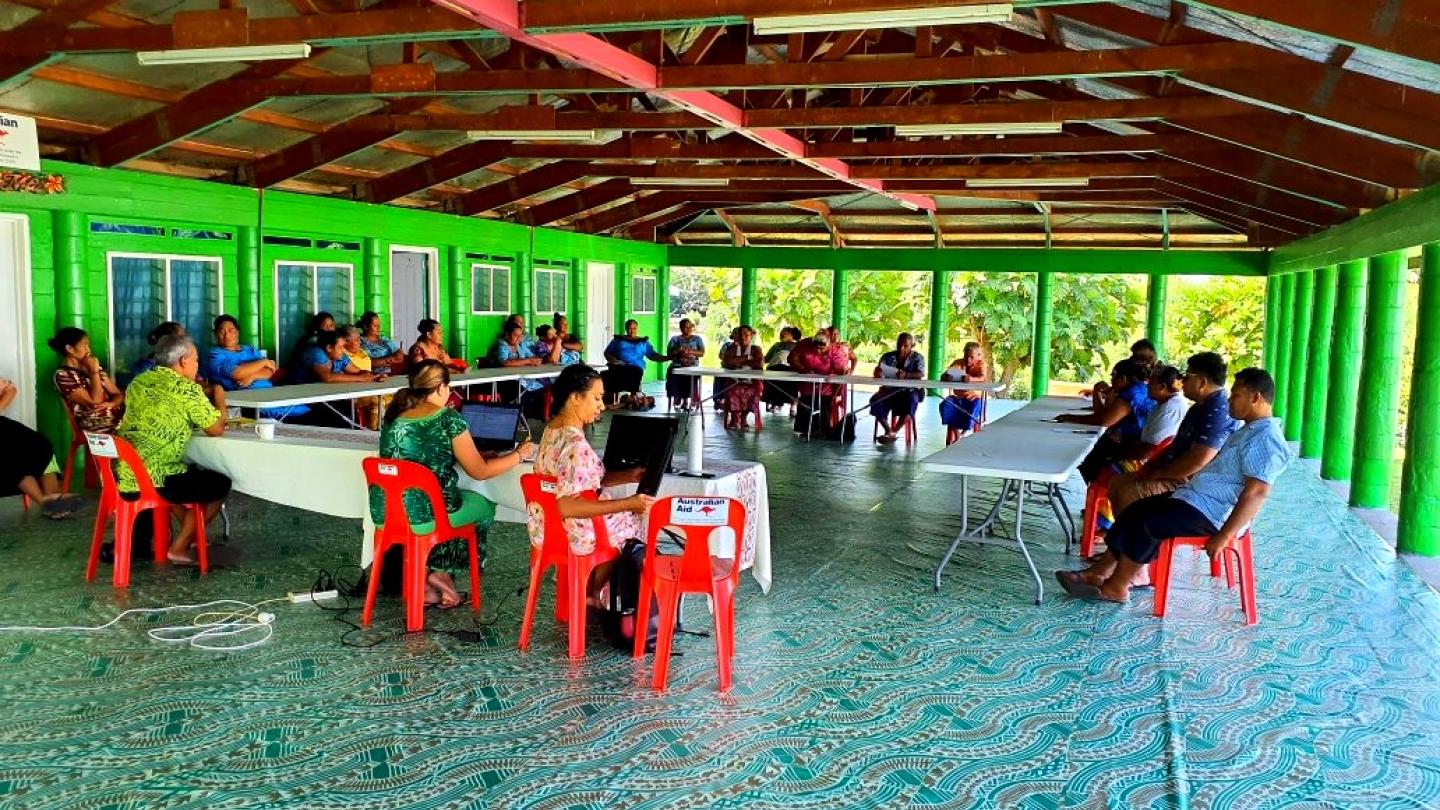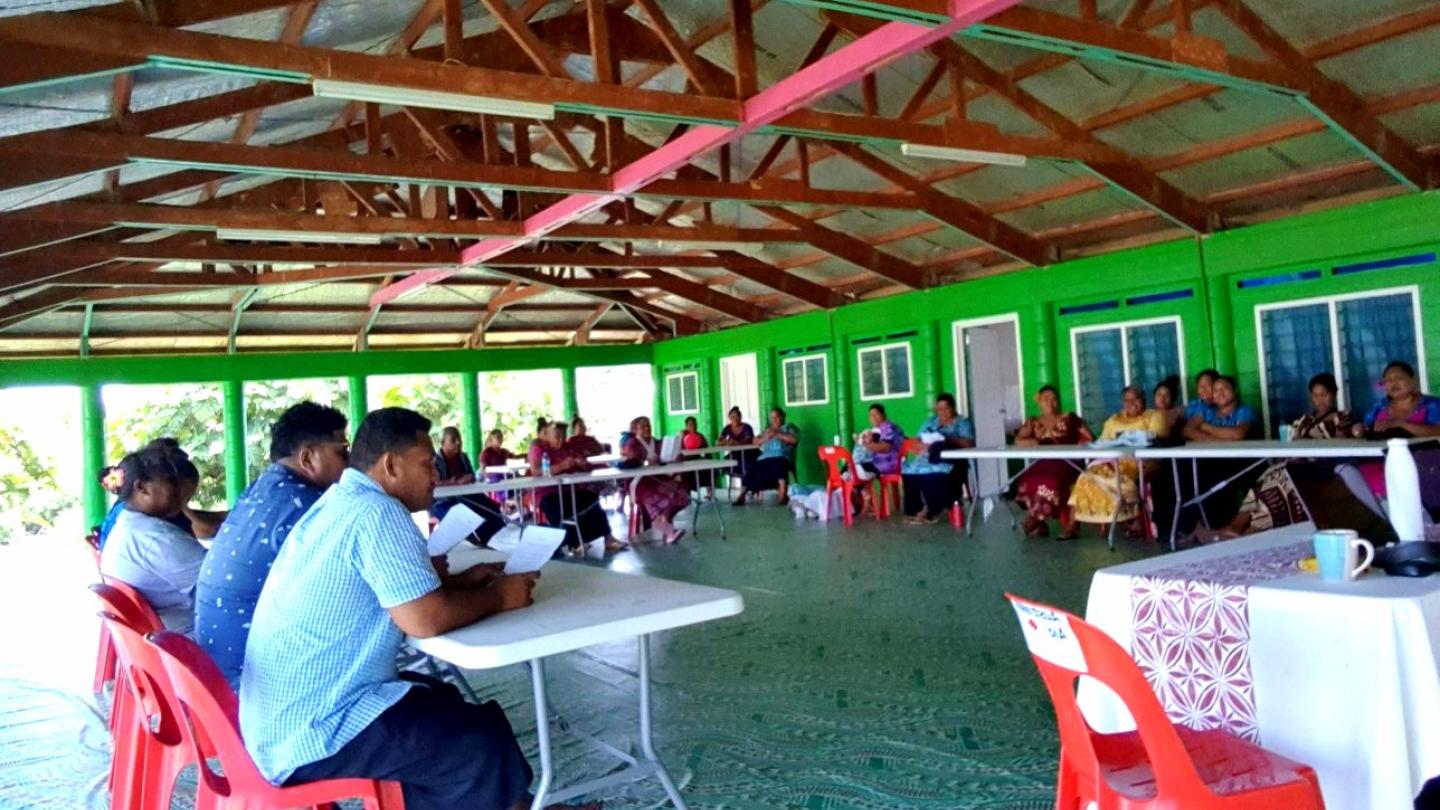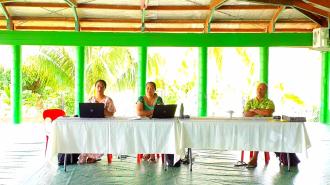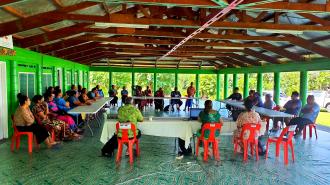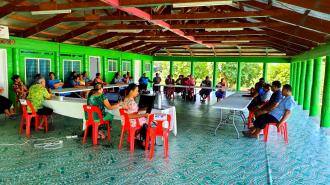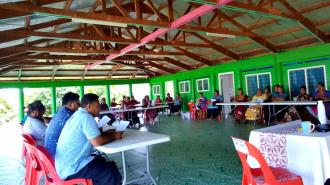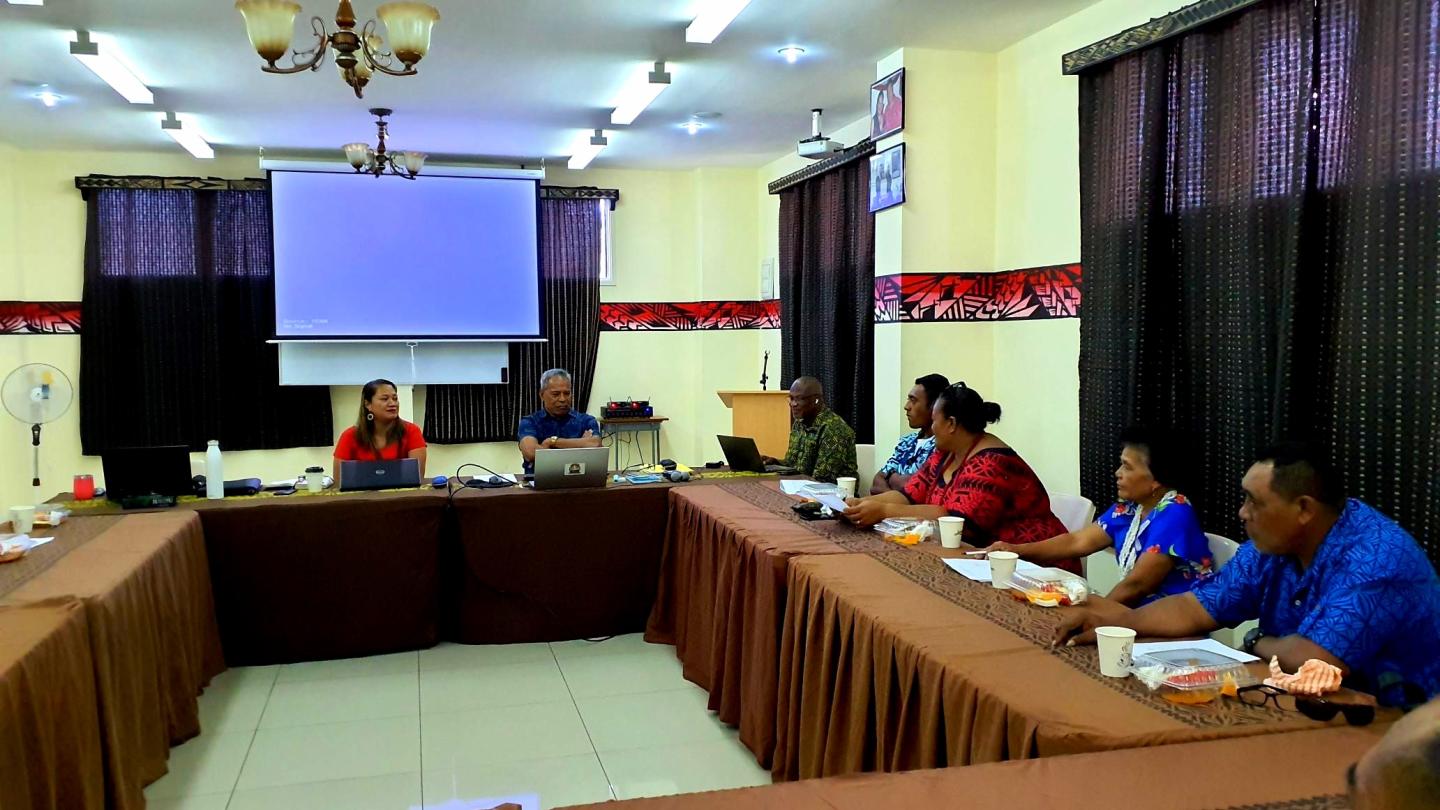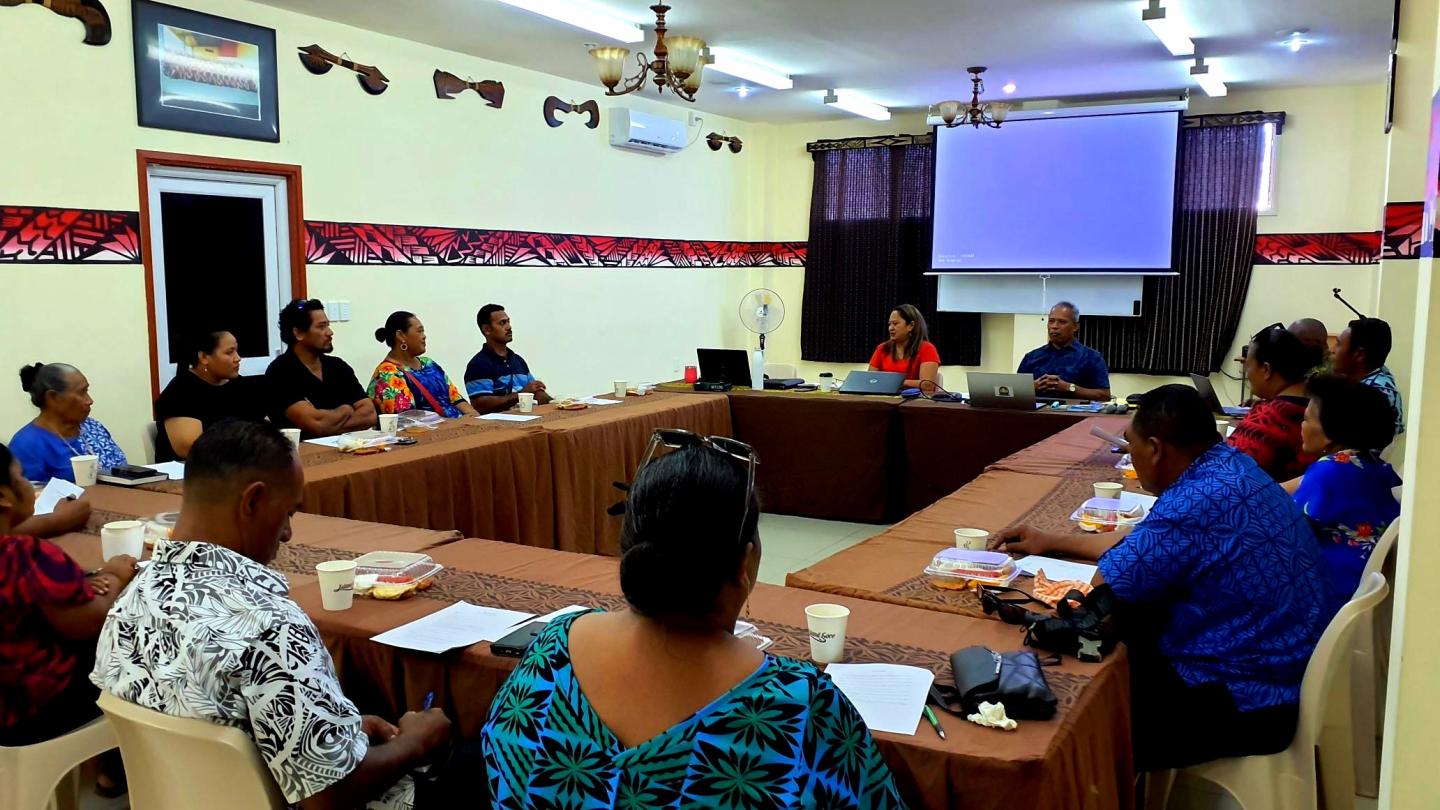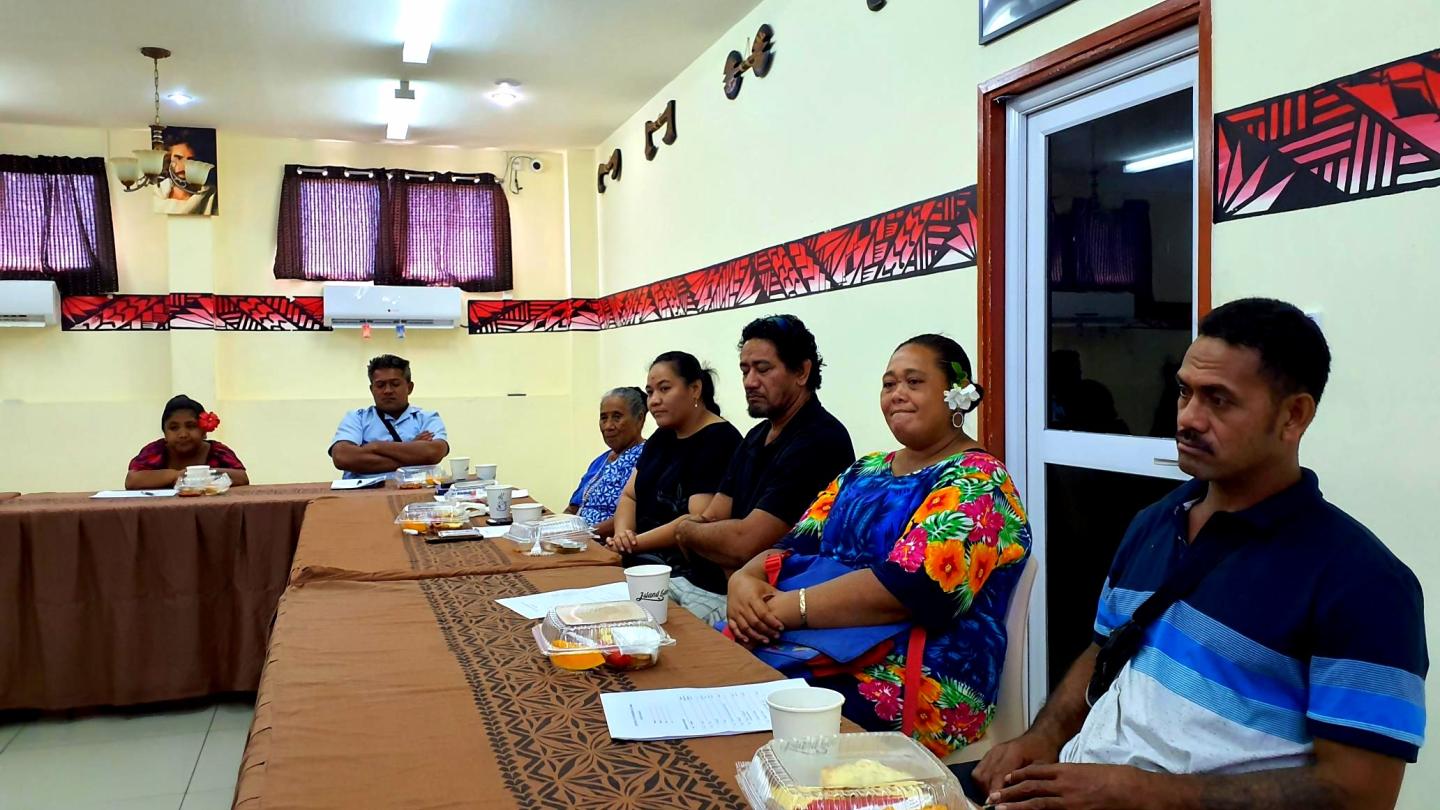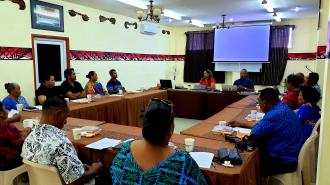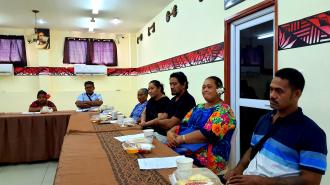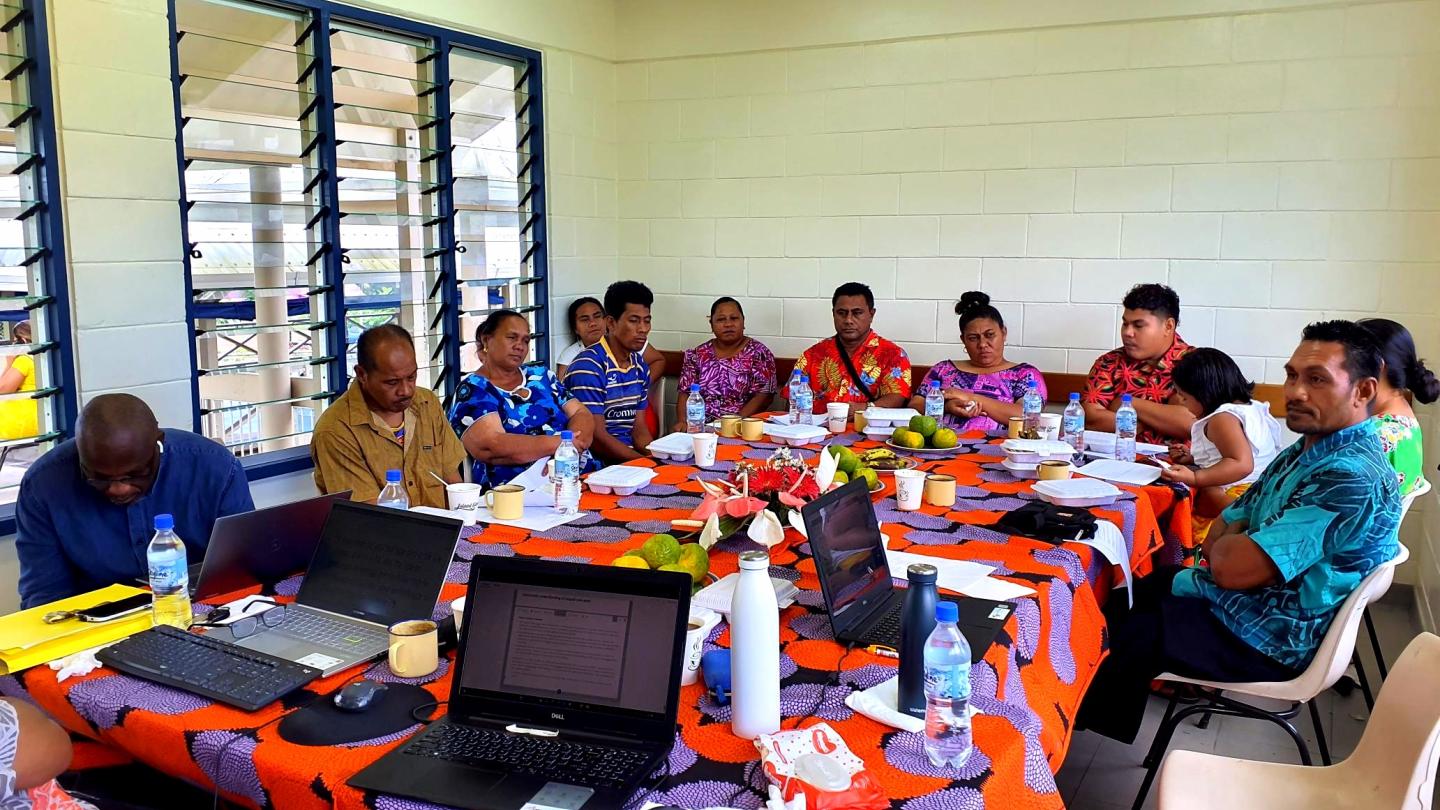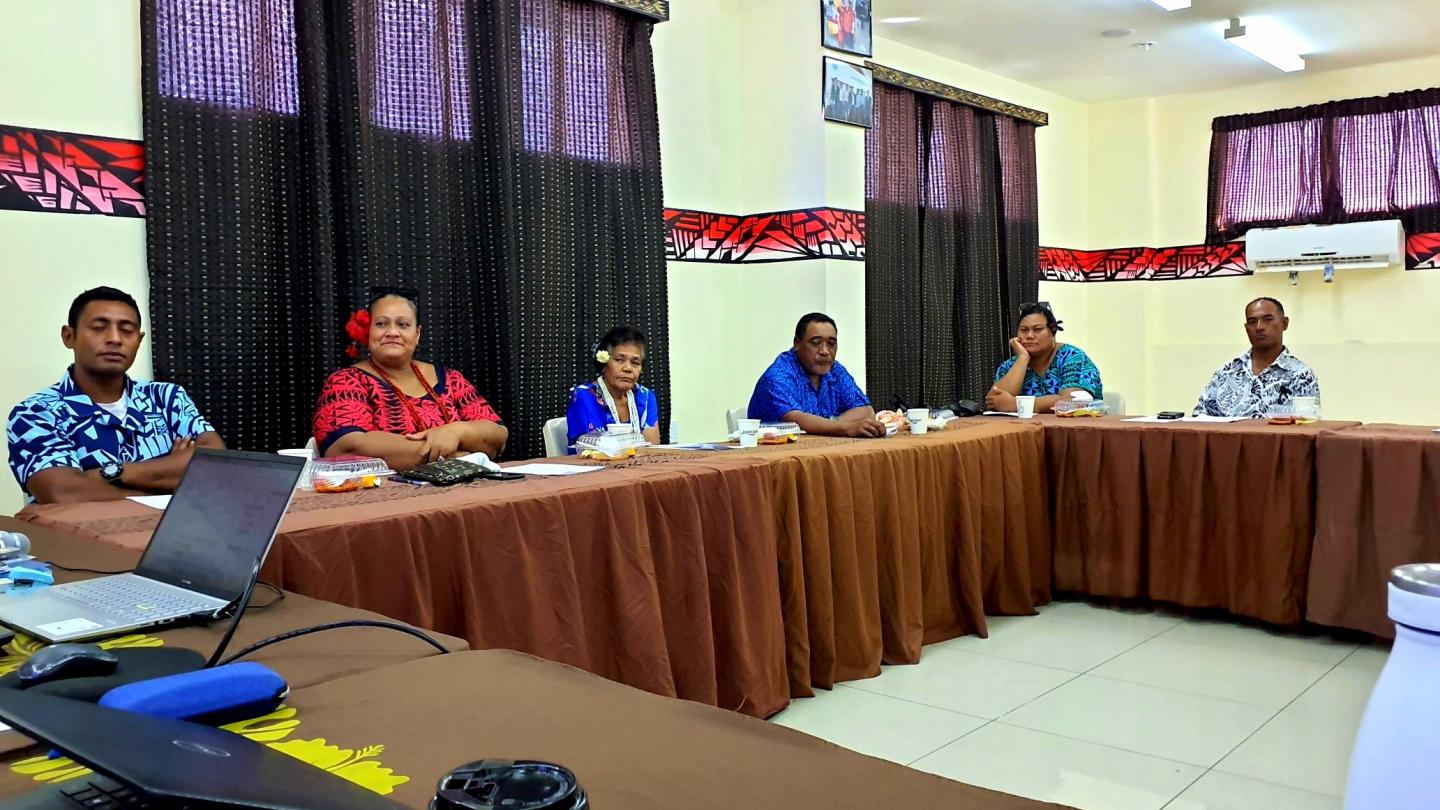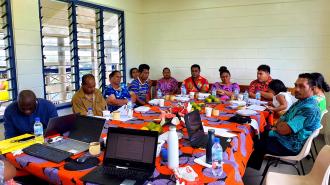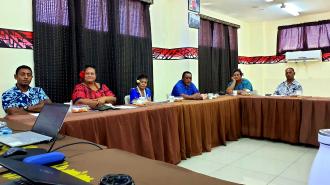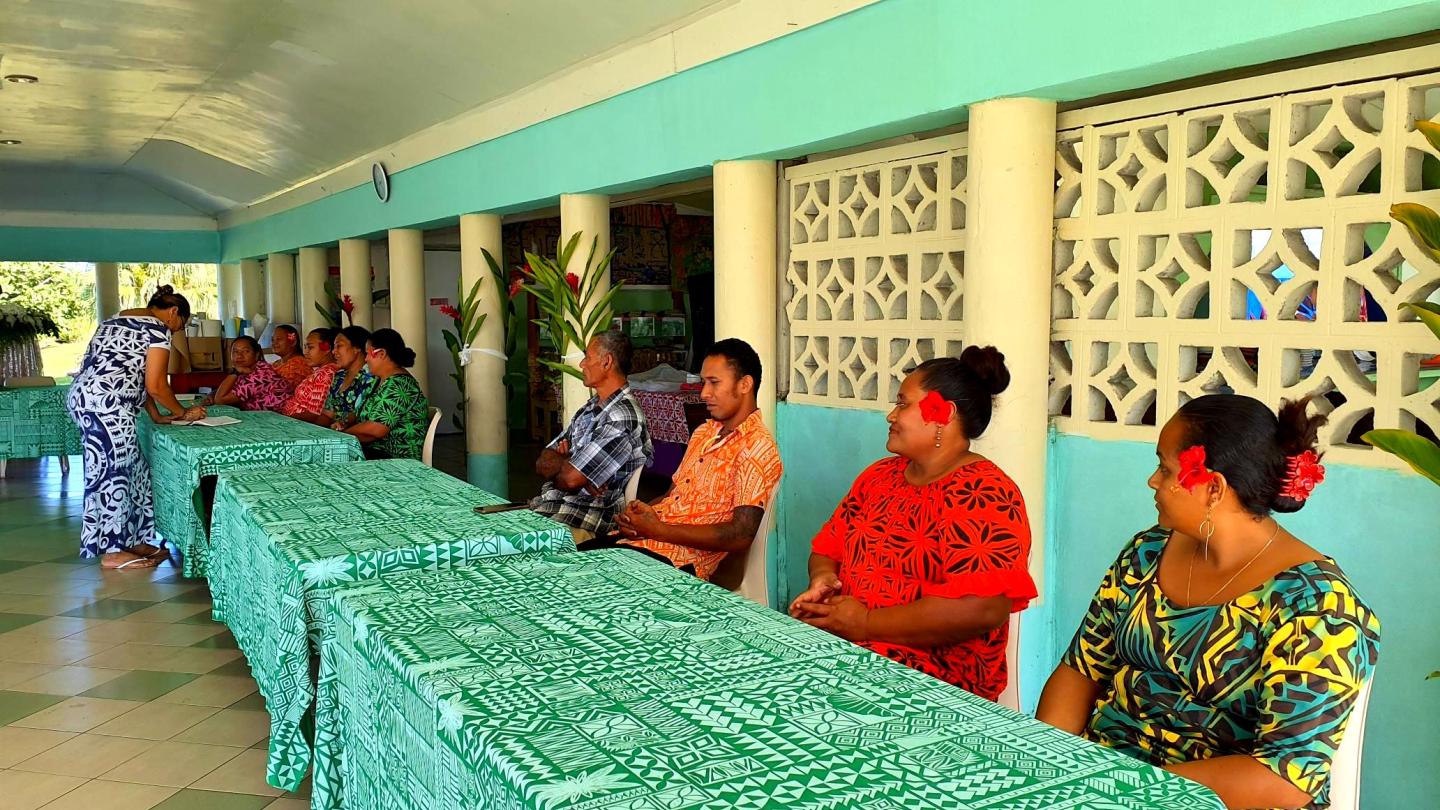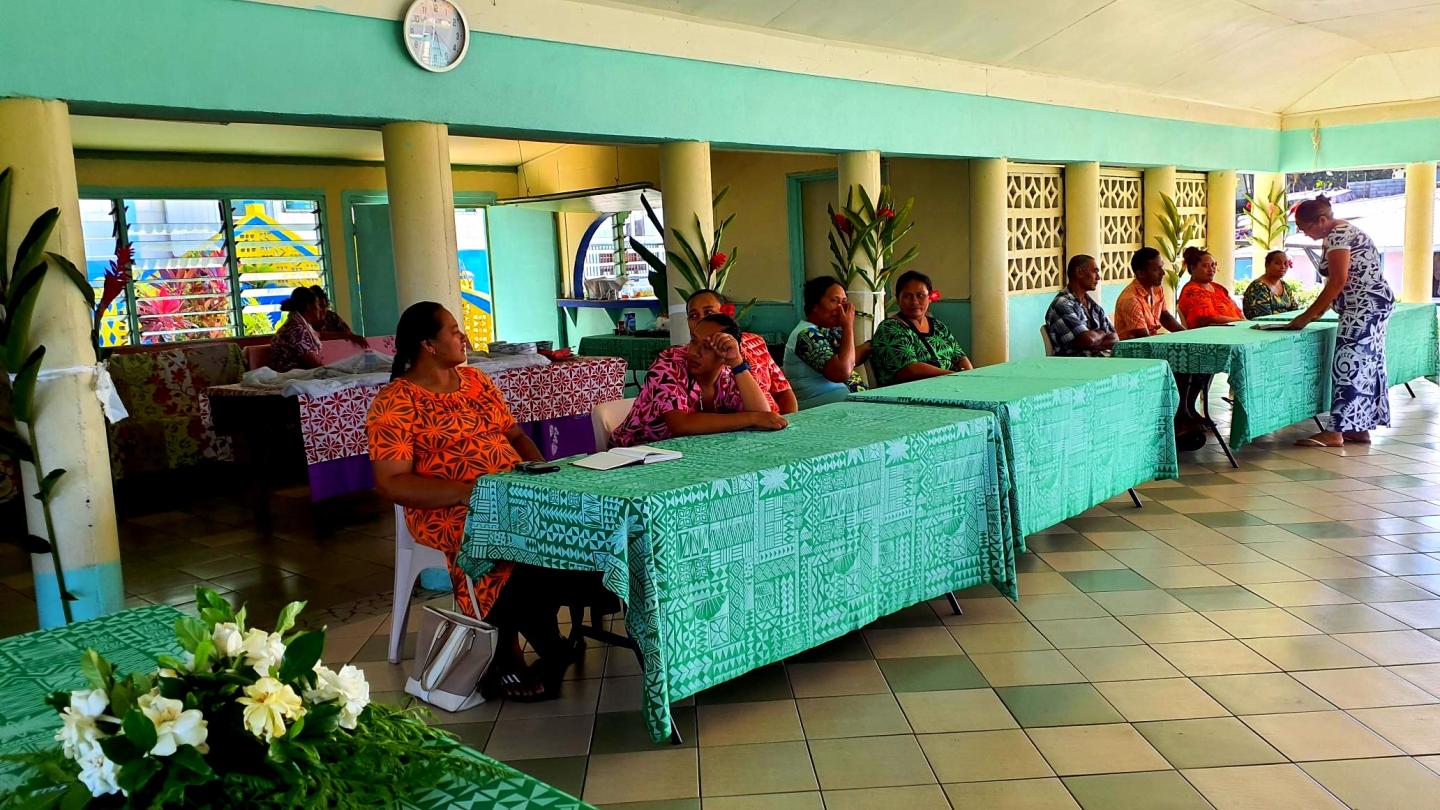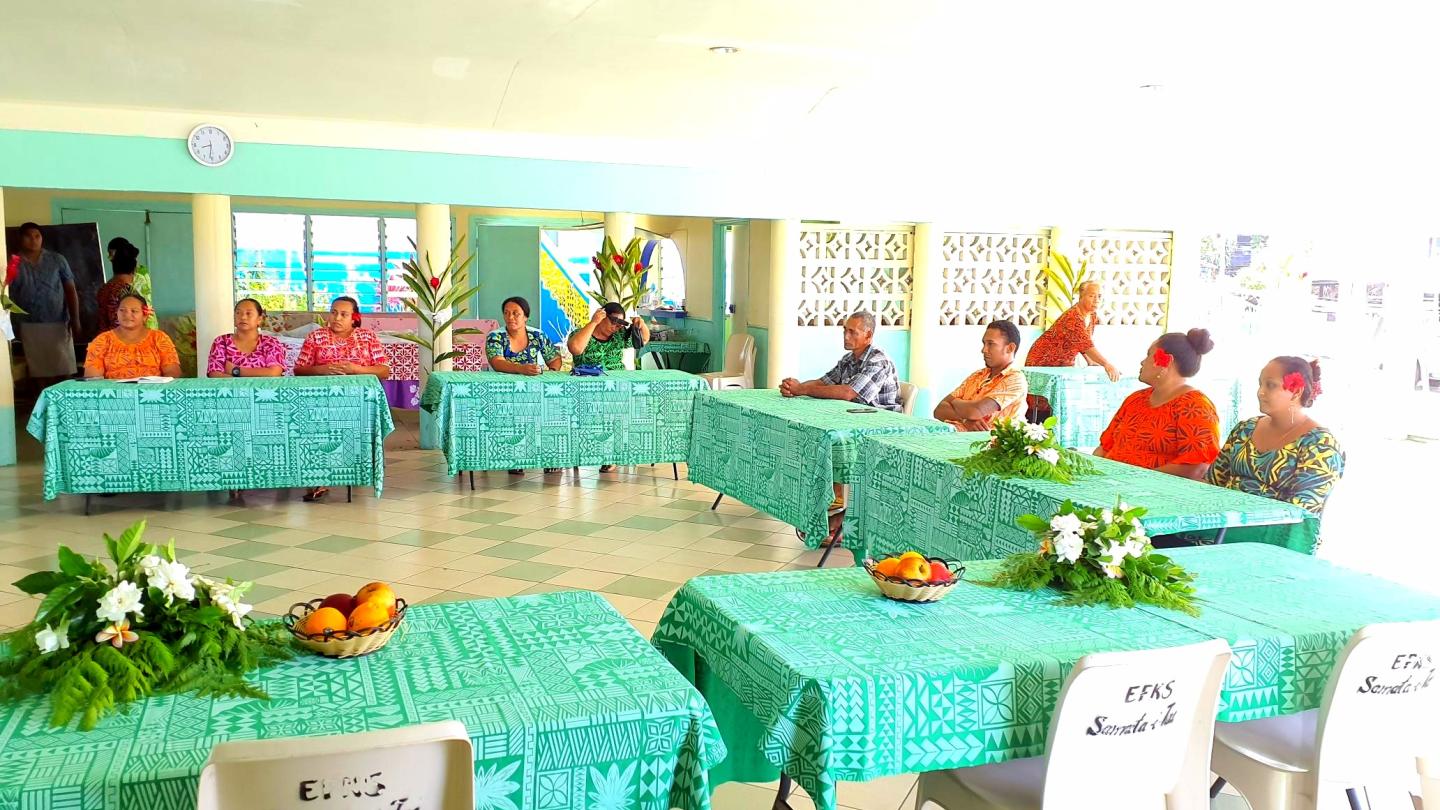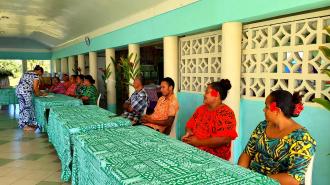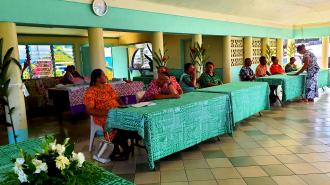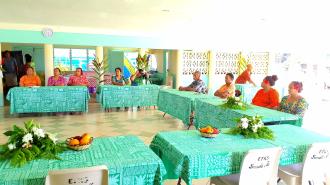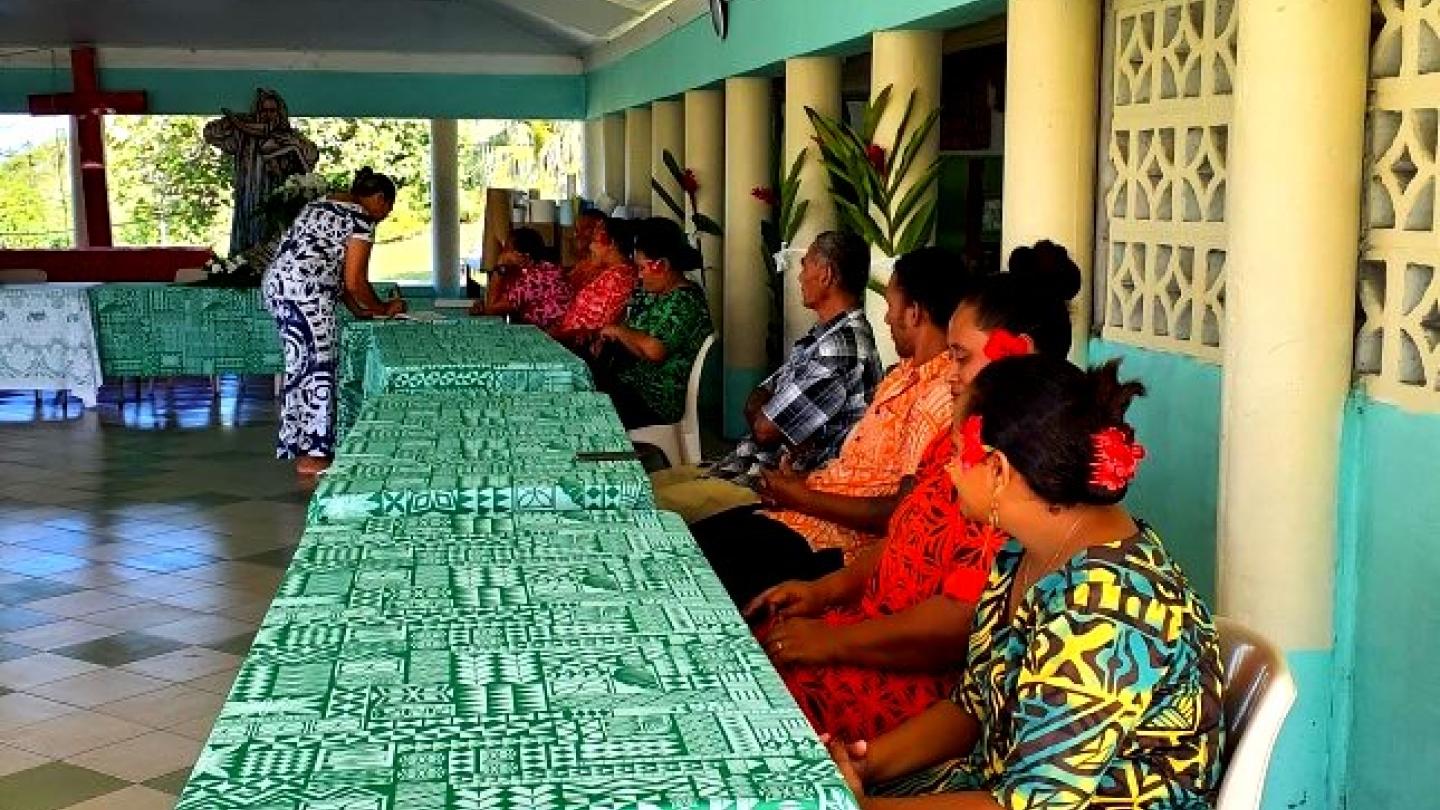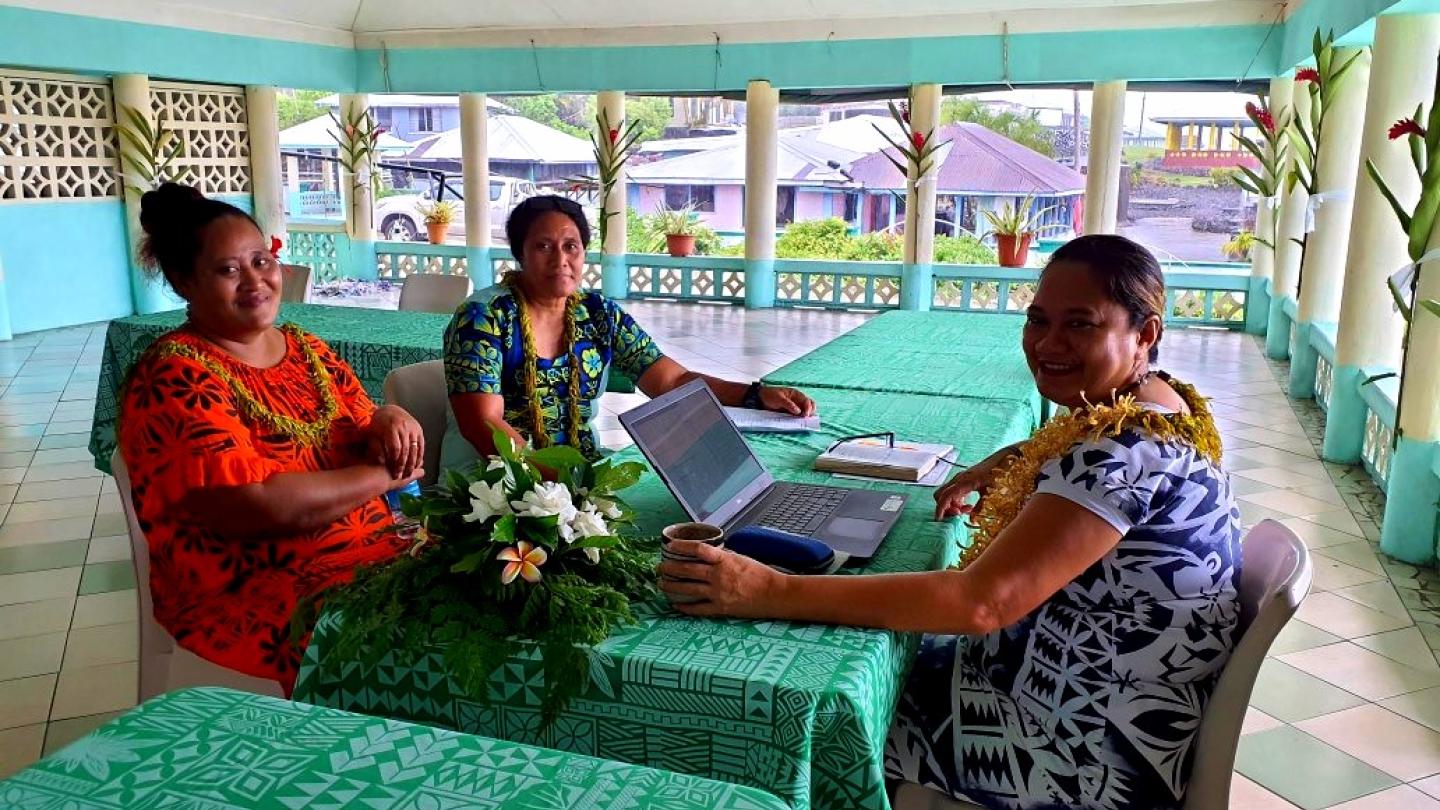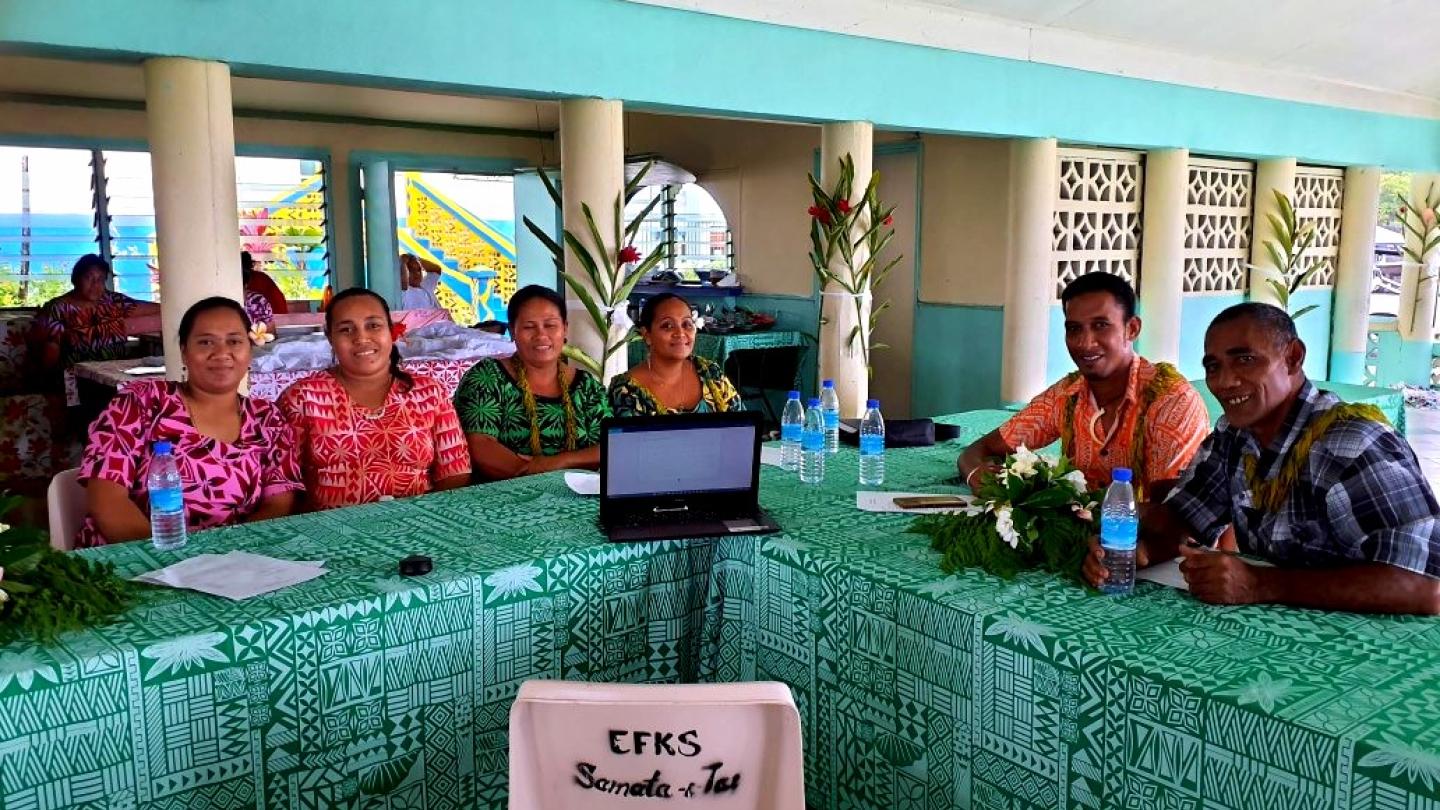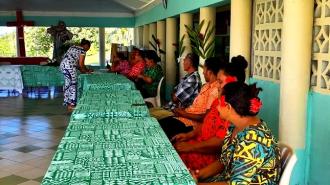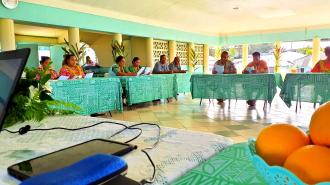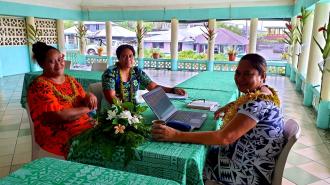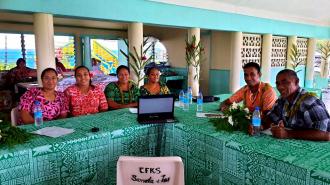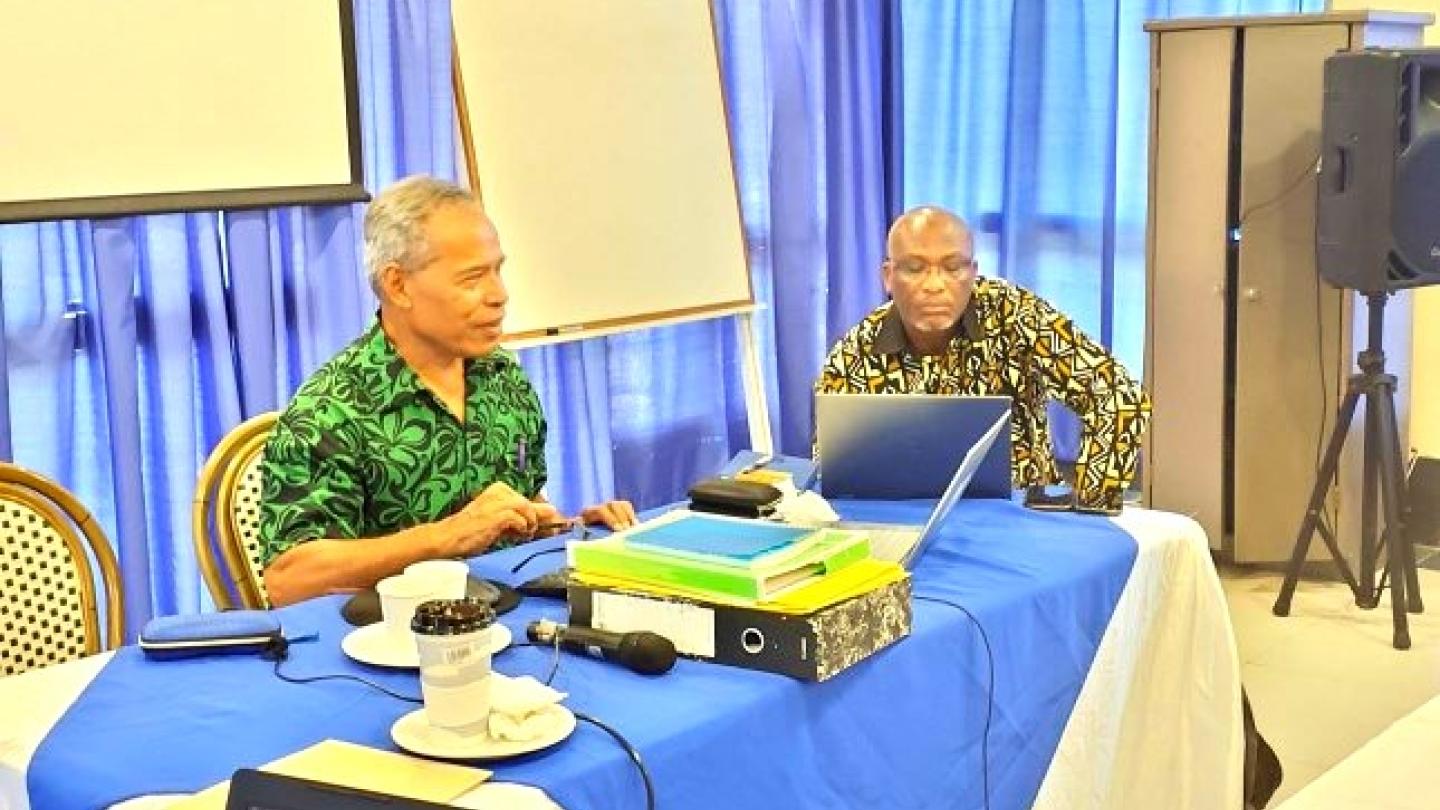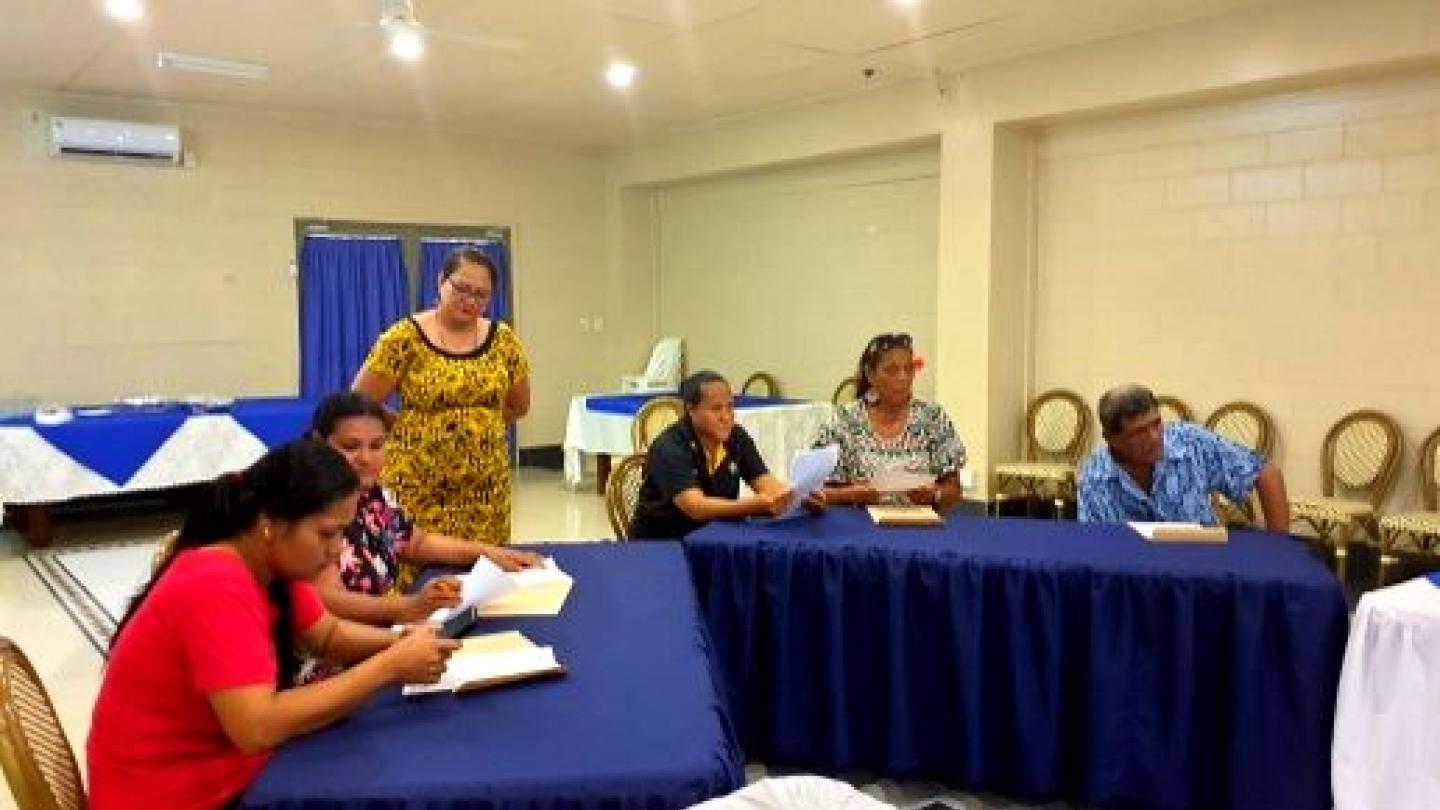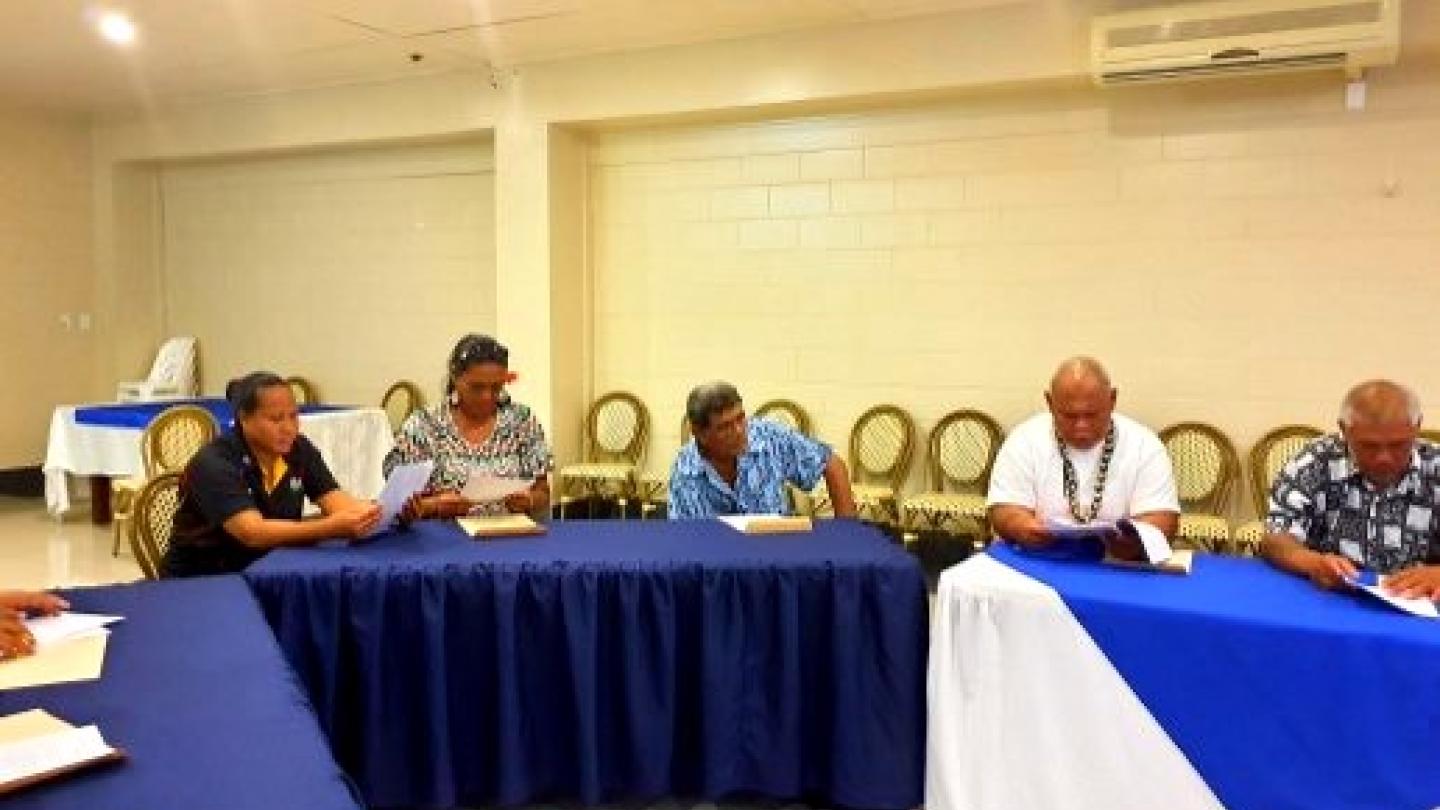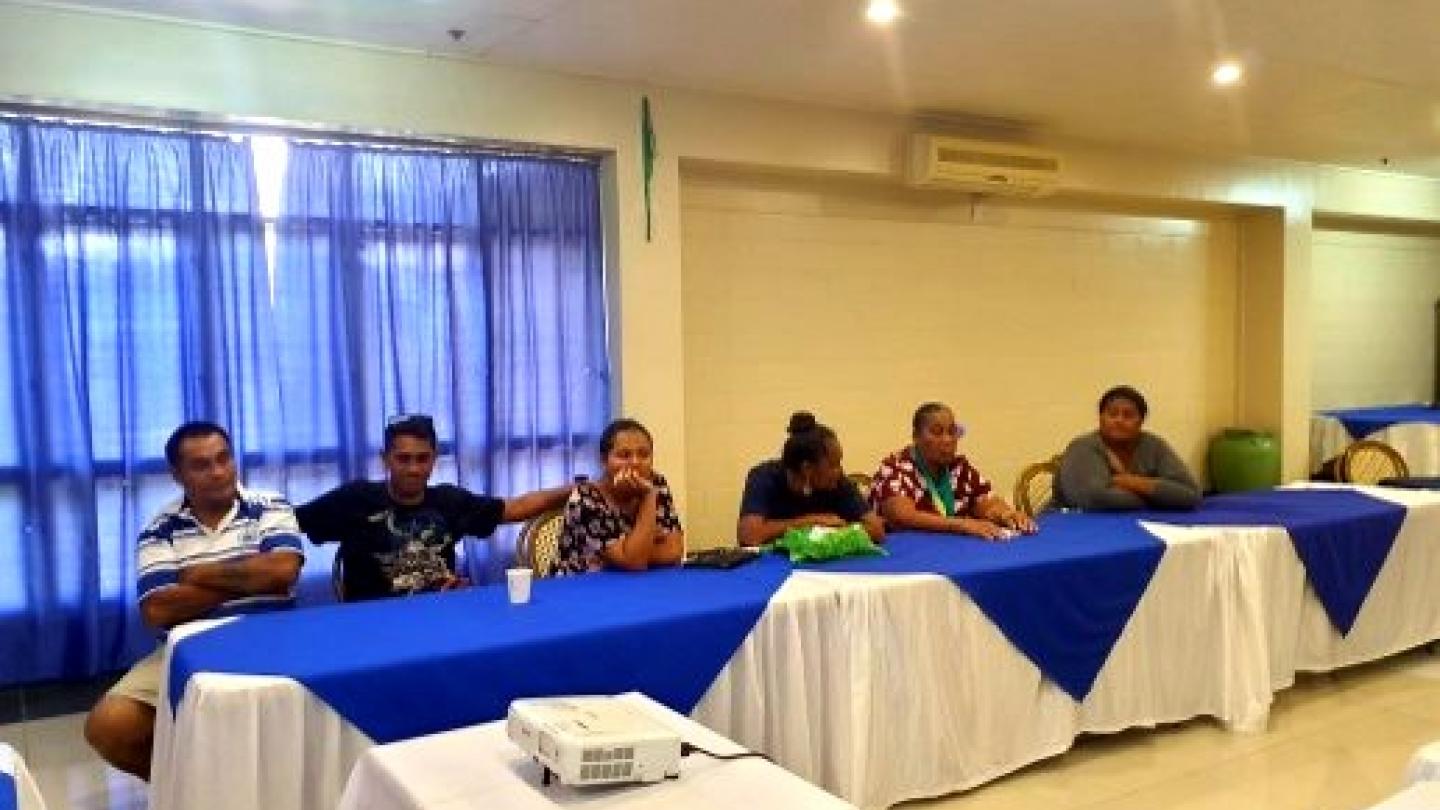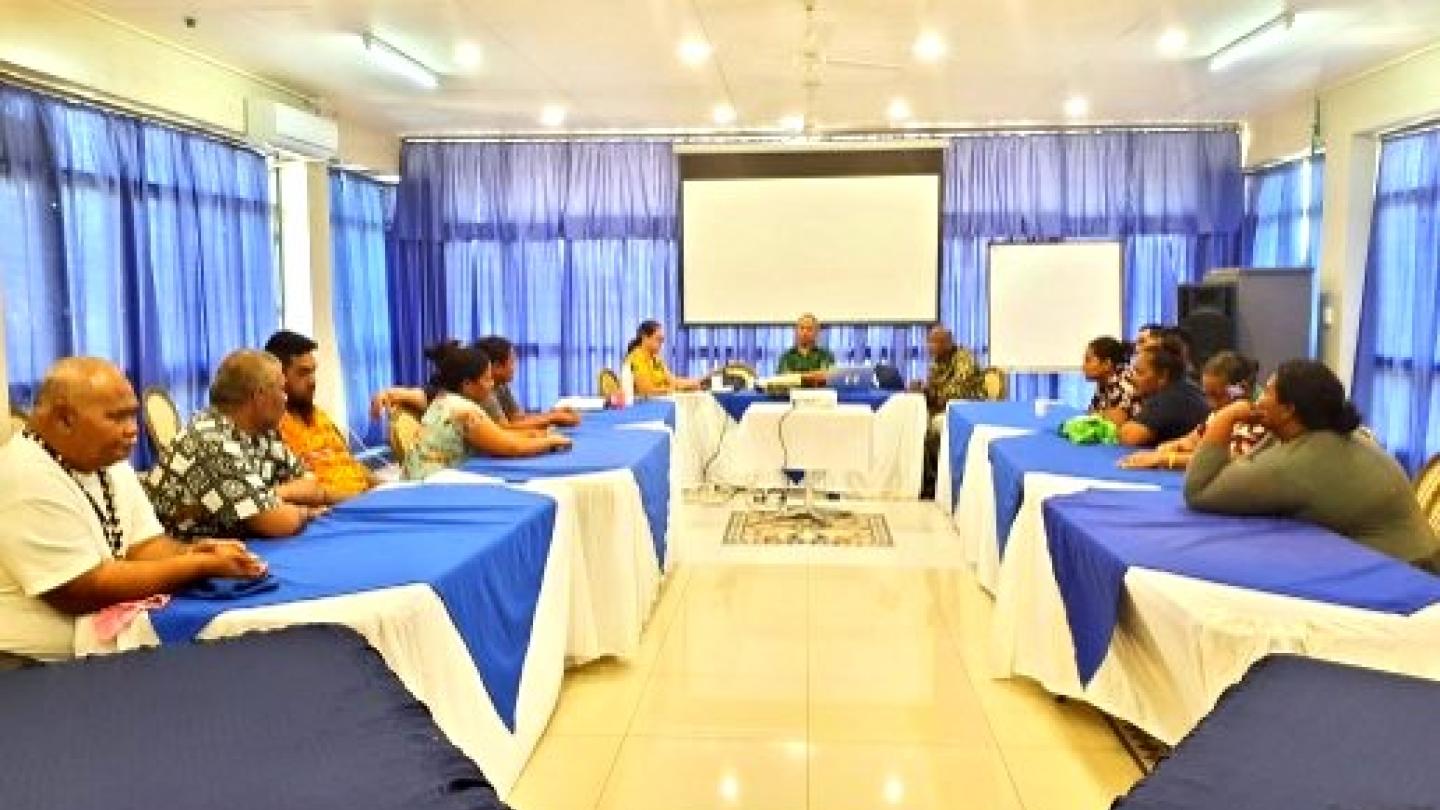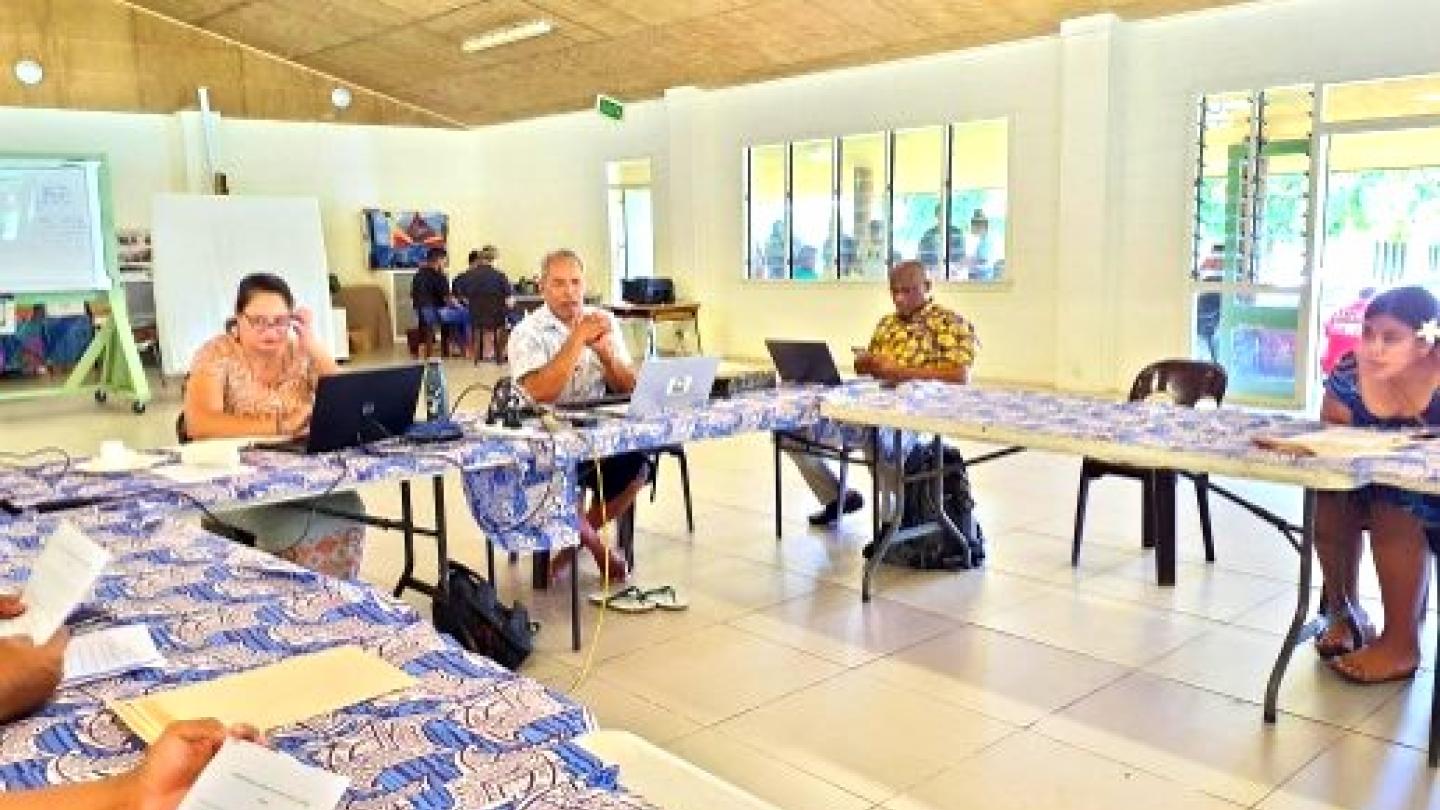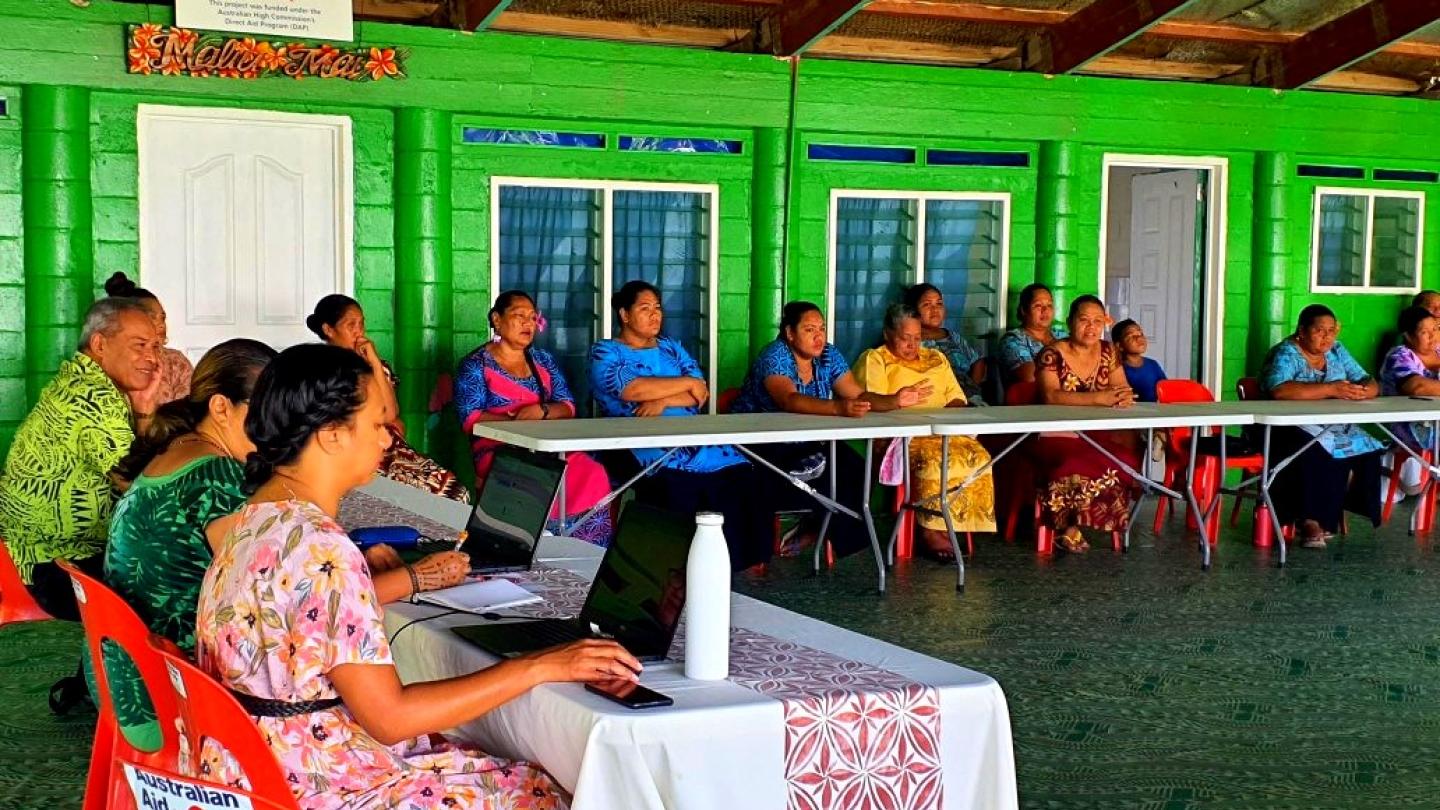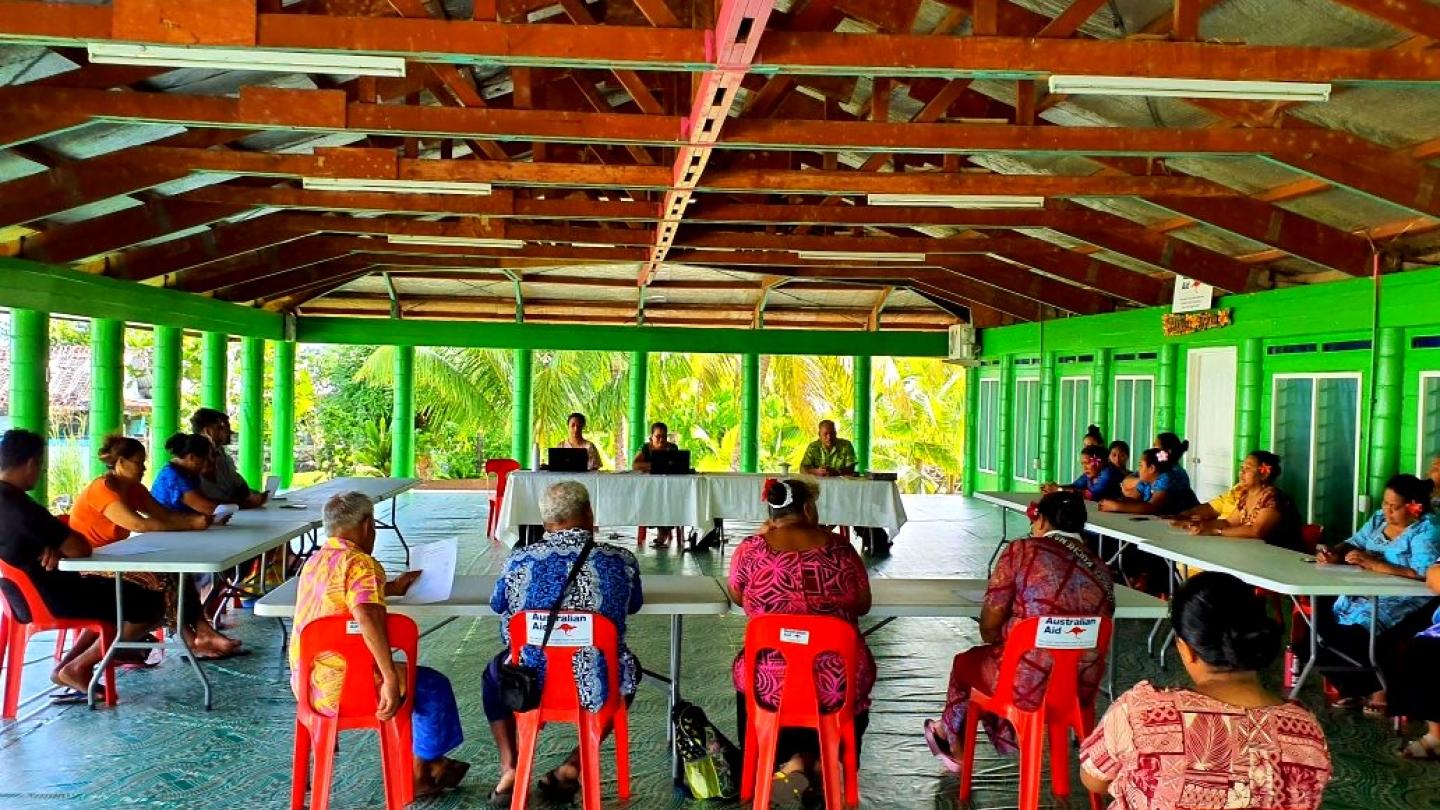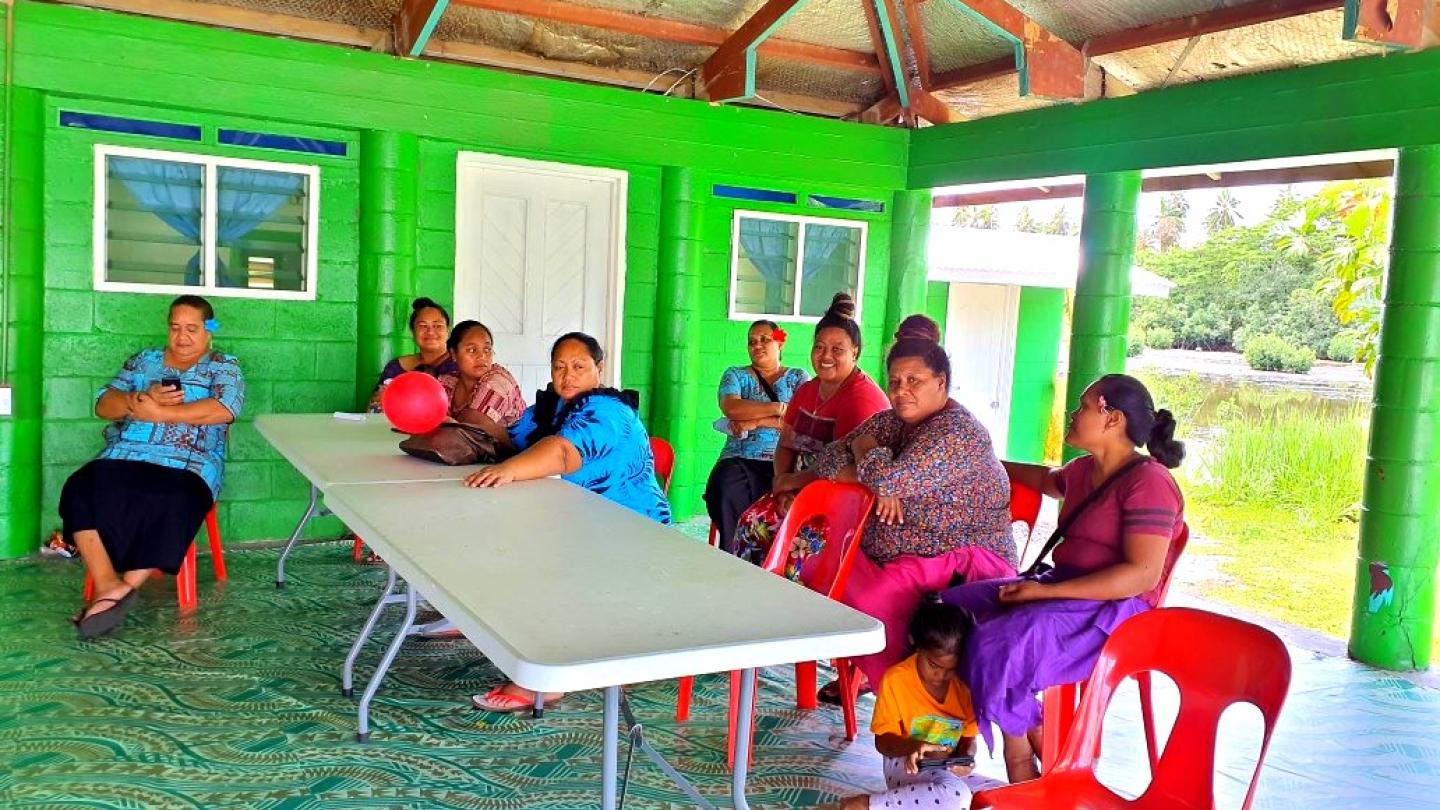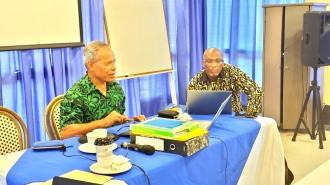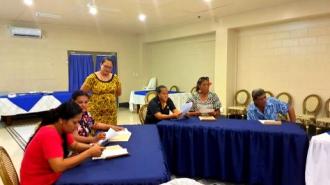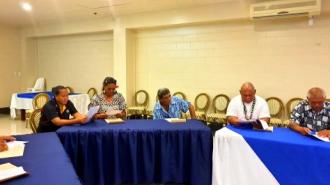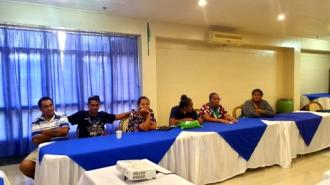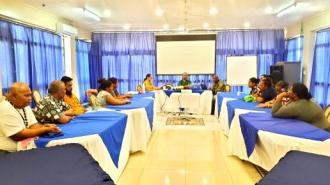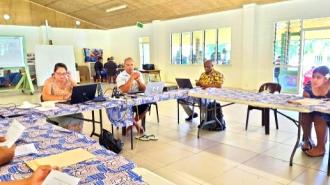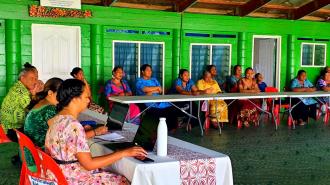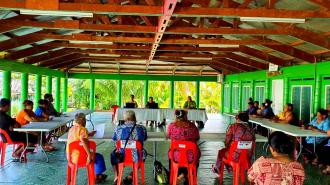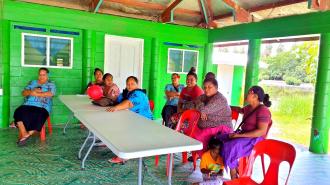Unveiling the Hidden Reality: Samoa AccLab Sheds Light on Time Use and Unpaid Care Work within the Home
December 20, 2023
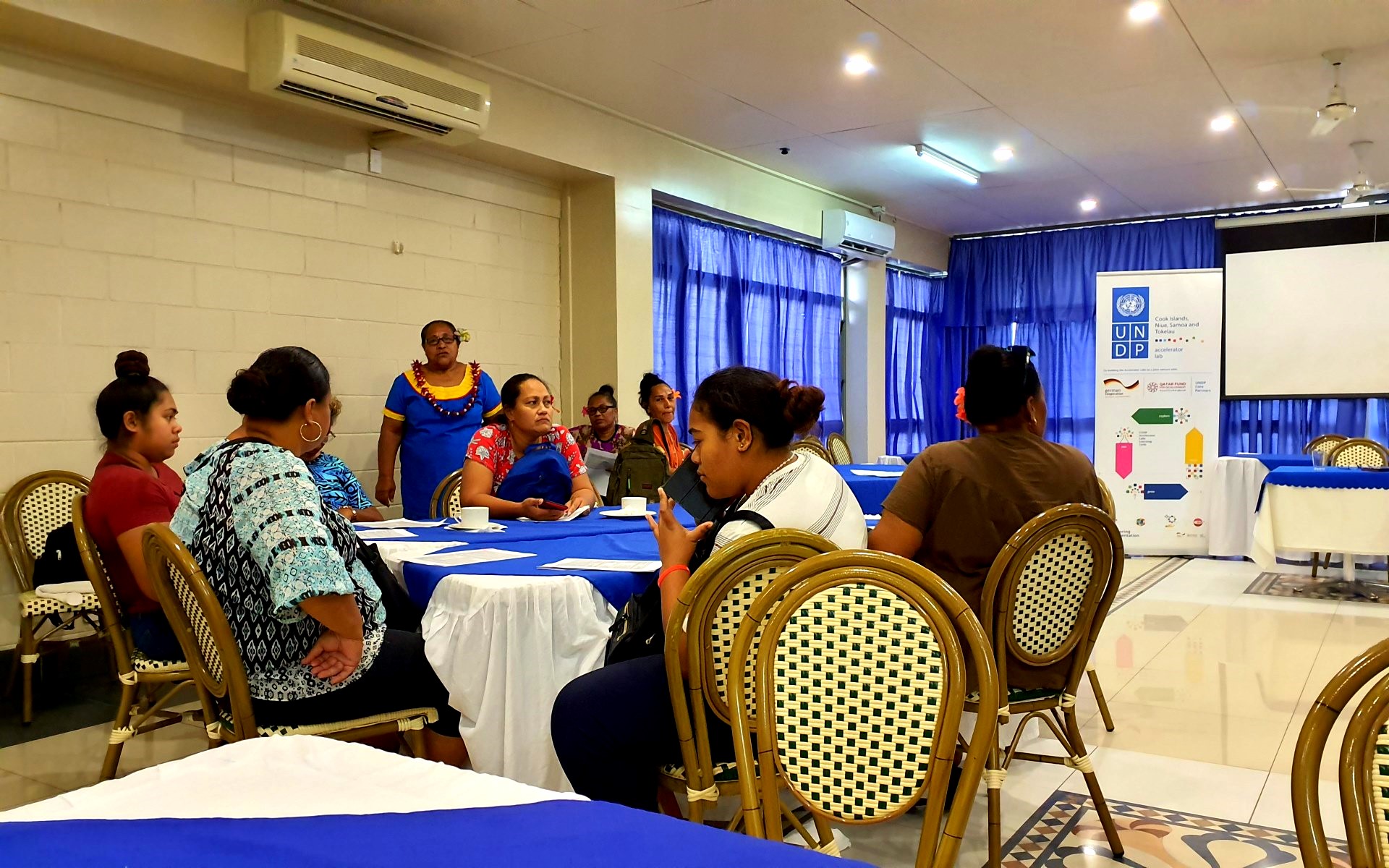
Participants of open dialogues on Time Use and Unpaid Care Work at home
Contributions from:
#UNDPAcceleratorLabs #SDG5 #Samoa #Pacific #Blog
AccLab undertook this initiative for several compelling reasons:
Exploring New Approaches to Data Collection - Time Use:
AccLab recognized the need to innovate and explore new methodologies for data collection, specifically focusing on time use. Understanding how individuals allocate their time provides nuanced insights into daily routines and societal dynamics.
AccLab's Capabilities in Community Engagement:
Leveraging its capabilities, AccLab sought to actively engage and collaborate with communities, fostering open dialogues on key issues. By involving community members in the data collection process, AccLab aimed to capture diverse perspectives and promote inclusive decision-making. This approach aligns with AccLab's expertise in
community engagement, ensuring that the collected data is contextually rich and relevant.
Mandate to Map Local Solutions for SDGs:
The initiative aligns with AccLab's broader mandate to identify and map potential local solutions and innovations that contribute to the achievement of Sustainable Development Goals (SDGs). By delving into time use data and community dialogues, AccLab aimed to uncover local insights and solutions that can be harnessed and leveraged for the benefit of UNDP, development partners, and government stakeholders. This proactive approach underscores AccLab's commitment to facilitating progress toward SDGs by tapping into grassroots innovation.
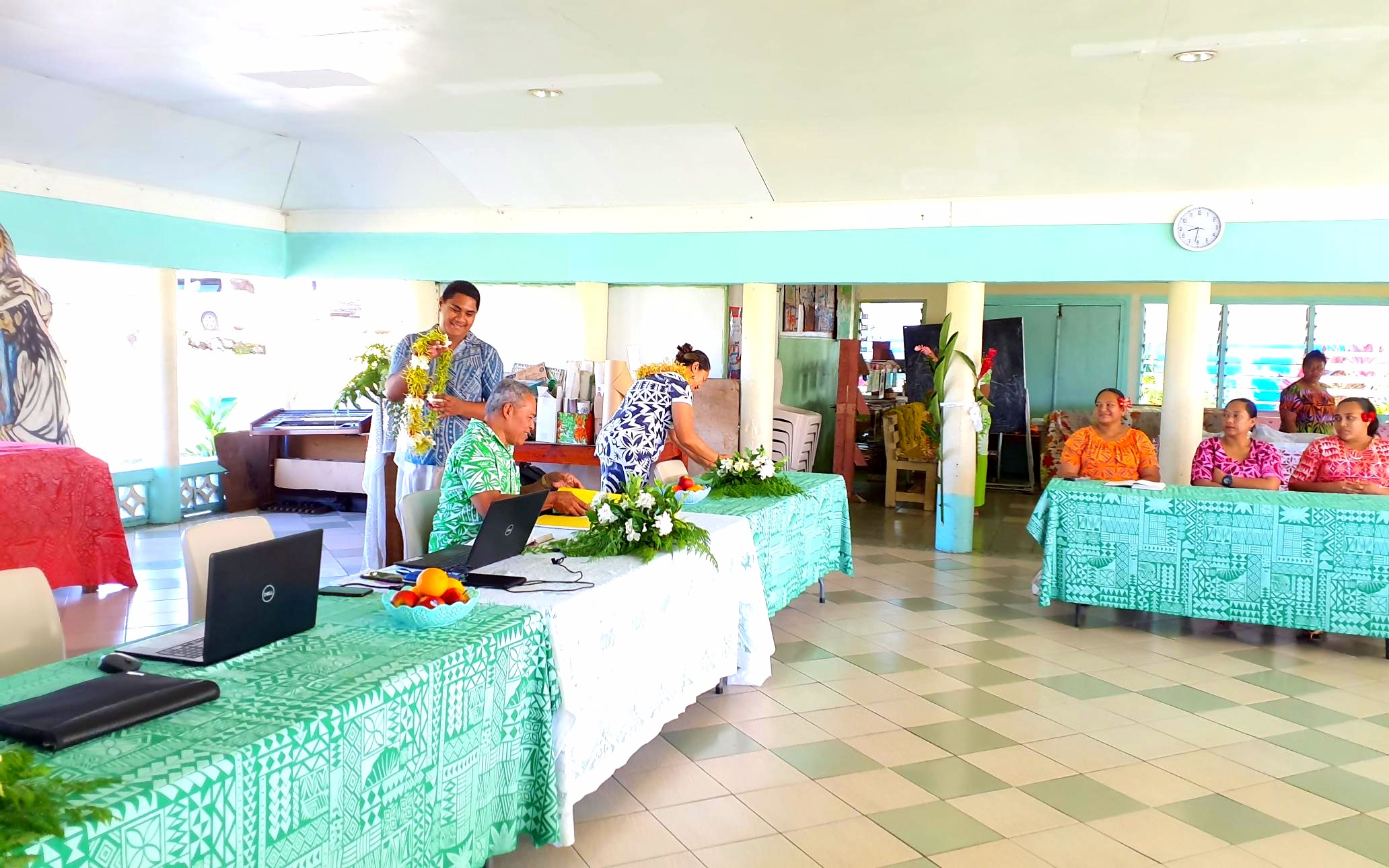
What is time use statistics and why is it important in accelerating the Sustainable Development Goals?
Time use statistics refers to the collection and analysis of data on how people spend their time in various activities, such as work, household chores, leisure, and caring for others. These statistics can provide valuable insights into how time is allocated within households and societies, and how this affects the well-being and productivity of
individuals and communities.
Time use statistics are important in accelerating the Sustainable Development Goals (SDGs) for several reasons. Firstly, they can help to identify inequalities in time use between different groups, such as women and men, rural and urban populations, and different age groups. This can provide evidence for policymakers to address these inequalities and promote gender equality and social inclusion.
Secondly, time use statistics can help to monitor progress towards achieving the SDGs, particularly those related to reducing poverty, promoting decent work, and ensuring access to education and healthcare. By tracking changes in how people spend their time over time, it is possible to assess whether policies and programs are having the desired impact on people's lives.
Thirdly, time use statistics can help to inform the design and implementation of policies and programs aimed at achieving the SDGs. For example, they can help to identify the time constraints that people face in accessing education, healthcare, or employment opportunities, and inform the design of interventions that take these constraints into account.
The Accelerator Lab has successfully conducted a rapid time-use pilot study with the aim of understanding how the target beneficiaries allocate their time to various daily activities, including both paid and unpaid care work. This study not only seeks to develop a rapid time-use study framework that can be implemented across the Pacific but also aims to enhance national capacity and institutional knowledge regarding the importance of time-use statistics.
By analyzing data collected from both Small Business Incubator (SBI) and non-SBI respondents in Savaii and Upolu, the study will provide valuable insights for policymakers and development practitioners. This information will be instrumental in promoting gender equality, women's empowerment, and women's active involvement in the economy. Additionally, the study's findings will contribute to the design of effective interventions to address gender disparities in care work. Ultimately, this research will inform the program design of the UNDP and its external partners with a specific focus on gender-specific initiatives.
Time use statistics are an important tool for understanding how people allocate their time and for accelerating progress towards the SDGs by promoting gender equality, reducing poverty, and promoting inclusive and sustainable economic growth.
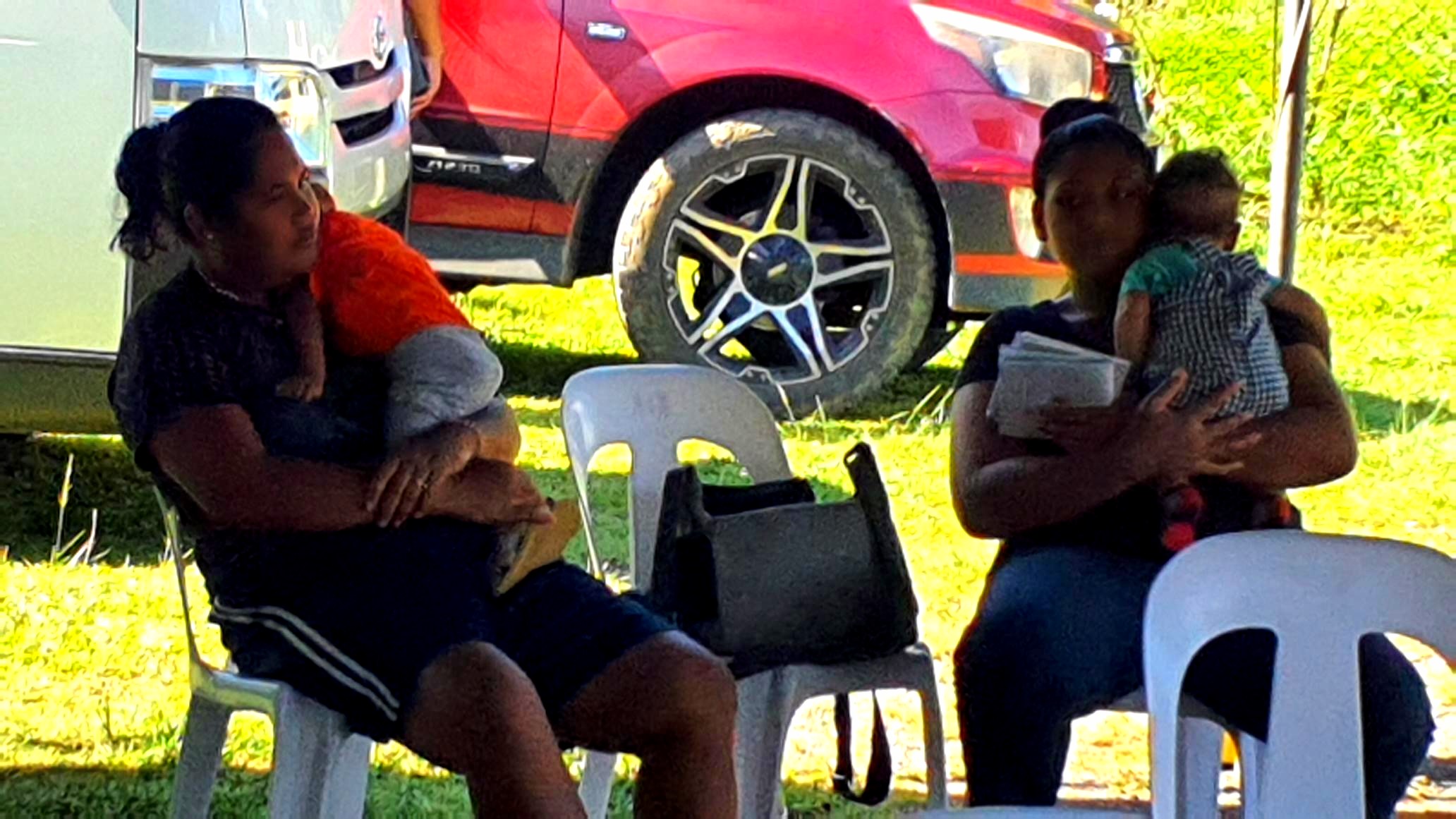
How Samoans perceive unpaid care work
Common perception defines unpaid work to also include various activities that are not compensated in the form of wages or salary, but are essential for the functioning of households, communities, and societies.
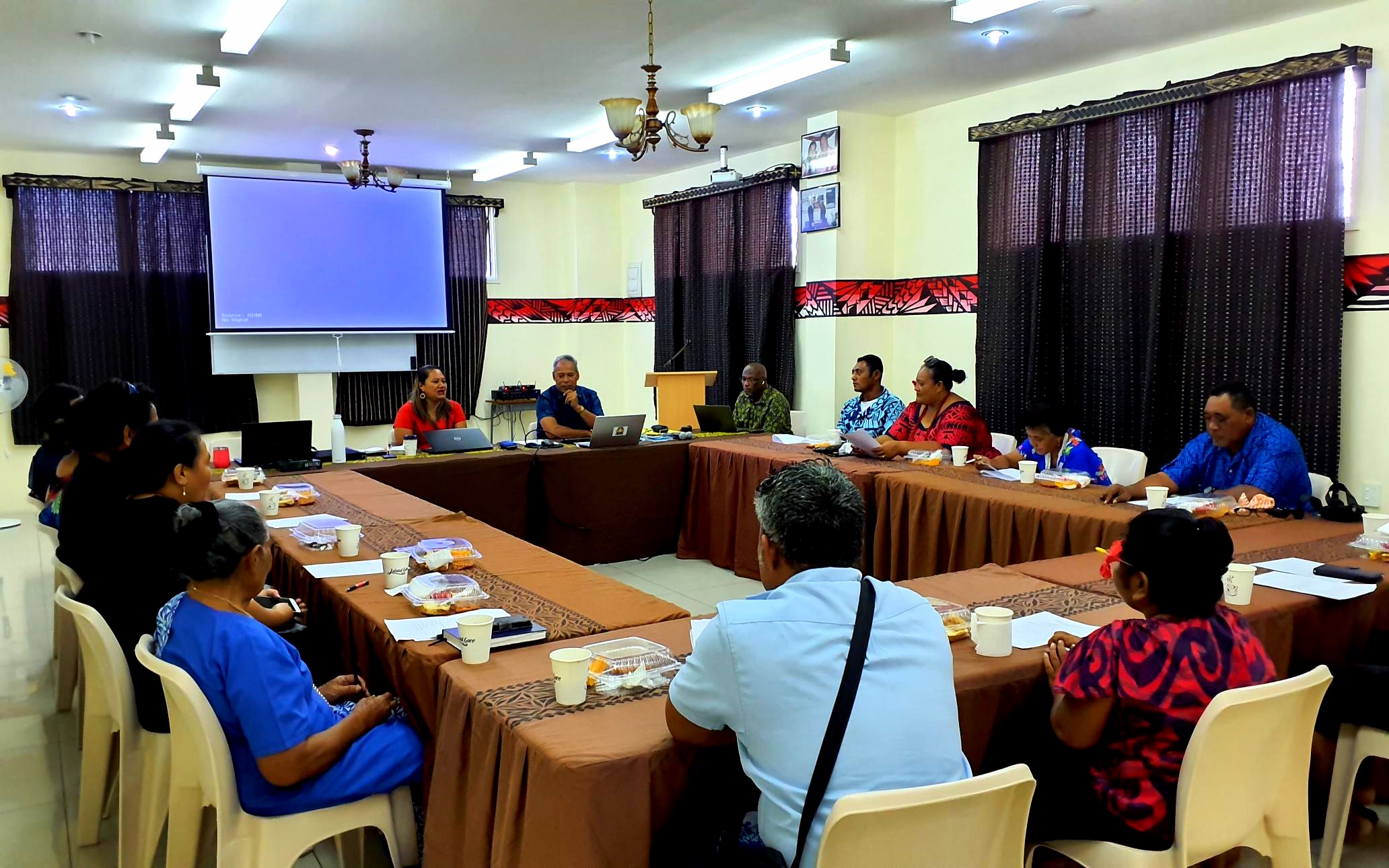
Insight #1: Participants from the study across both Upolu and Savaii, however, perceive unpaid care work to include:
"Uncompensated caregiving in the community goes beyond mere responsibilities and extends into the realms of spiritual well-being and cultural practices, enriching the lives of both the caregivers and the families they serve. It encompasses acts such as participation in church choirs or the duty of becoming a family or village orator, upholding cultural protocols. These individuals not only receive blessings but also find themselves rewarded with a currency of priceless value – the bonds of kinship and the fulfillment of nurturing and supporting the very essence of family."
The Accelerator Lab took a community-based approach to understanding time use in Samoa with a focus on unpaid care work. Talanoa sessions, which involve deep listening and sharing perspectives, can be a powerful way to gather insights from diverse members of a community.
By involving young women, men, the elderly, and able-bodied individuals, the Accelerator Lab is likely to get a more comprehensive understanding of how unpaid care work is experienced and distributed within the community. It's important to recognize that unpaid care work is often gendered and can be undervalued or invisible, which can lead to women and girls bearing a disproportionate burden of these responsibilities.
By collecting data and insights through community engagement, the Accelerator Lab can work towards developing more gender-equitable policies and programs that take into account the unpaid care work that is crucial for sustaining families, communities, and societies.
To capture diverse perspectives, a multifaceted approach was employed, leveraging various methodologies to yield
comprehensive insights. The methodologies included:
Focus Discussion Groups (FDGs): Conducted with participants from both the Small Business Incubator (SBI) and
non-SBI cohorts across Upolu and Savaii. The primary aim was to discern and compare the experiences of men and
women engaged in an economic program offering small-scale financing for income-generating activities. The focus extended to examining the impact on their unpaid care work within the home. A deliberate comparison was drawn with non-SBI participants, who lacked the additional responsibility of an income-generating activity, shedding light on variations in their measurement of time spent on unpaid care work.
Household Questionnaire Survey: Participants who participated in the FDGs were afforded the opportunity to
provide further insights through individual interviews. The survey delved into the specifics of where, how, and when time was allocated throughout the week, thereby enriching the understanding of participants' routines and commitments.
The Diary Method: Employed as a standard tool to extract detailed information on time usage from participating individuals. This method not only provides a window into how participants allocate their time but also offers nuanced
insights into the motivations and contextual factors influencing their time-management decisions. This personalized approach aims to capture the intricacies of participants' daily lives, fostering a deeper comprehension of the reasons behind their time-related choices.
Unpaid Care Work: Uncovering Changing Family Roles
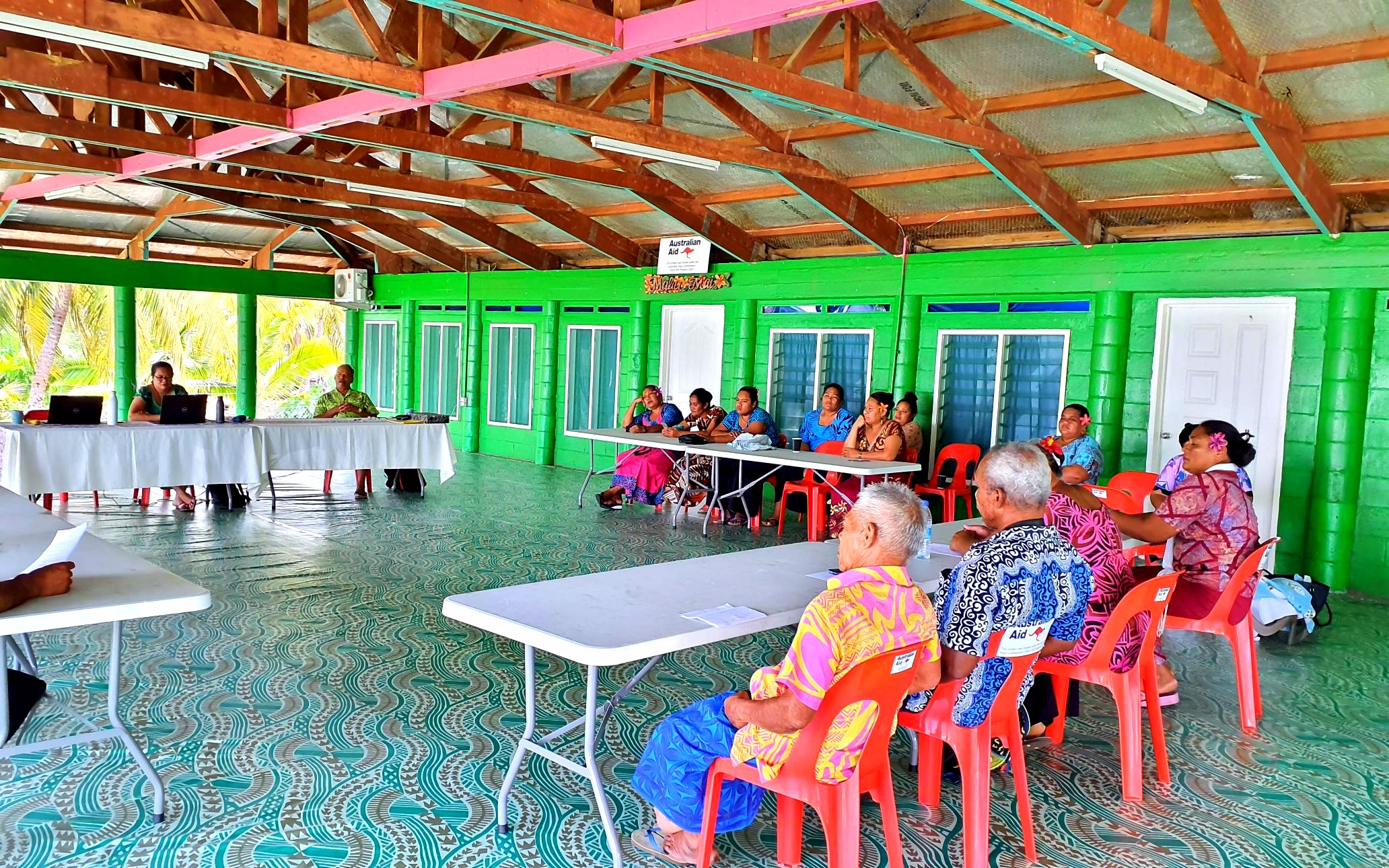
There persists a prevailing notion that women should assume full-time caregiving responsibilities, stemming from the belief that women are naturally inclined to prioritize the care of the family. Meanwhile, men are often perceived as prioritizing other activities, thereby leaving the burden of family care solely on women's shoulders.
While this may have been true in the past, it is changing with the evolution of gender roles and attitudes towards family care.
In many societies, women historically assumed the primary caregiver role, including taking care of children, cooking, and housekeeping. Men's responsibilities were often confined to earning income, farming or outdoor work. However, these gender roles are evolving, and the division of household and child-rearing responsibilities is becoming more equitable.
Nowadays, many fathers are taking an active role in caring for their children and sharing household chores with their partners. Some families have also adopted new family models, such as stay-at-home fathers, single fathers or co-parenting arrangements, where both parents share equal responsibility for raising their children.
While it may still be true that in some families, women take on a more significant portion of family care responsibilities, it is not accurate to generalize that it is the majority of the work. Many families are shifting towards more equal distribution of care work, recognizing that caring for families is a shared responsibility that benefits
everyone.
The pilot study, encompassing a diverse cohort of 89 participants from both the Small Business Incubator program and non-participants, provided valuable insights into the dynamics of caregiving roles within the sampled community. Among the participants engaged in Focus Discussion Groups (FDGs), 57 individuals willingly participated in subsequent interviews for the household questionnaire and diary data collection.
In the space of caregiving responsibilities, an intriguing pattern emerged from the 57 participants who submitted their questionnaires. Notably, 68% of women assumed the role of primary caregivers, primarily focusing on the care of children and the elderly. In contrast, 32% of men embraced the position of primary caregivers, reflecting a shifting paradigm in gender-associated caregiving roles.
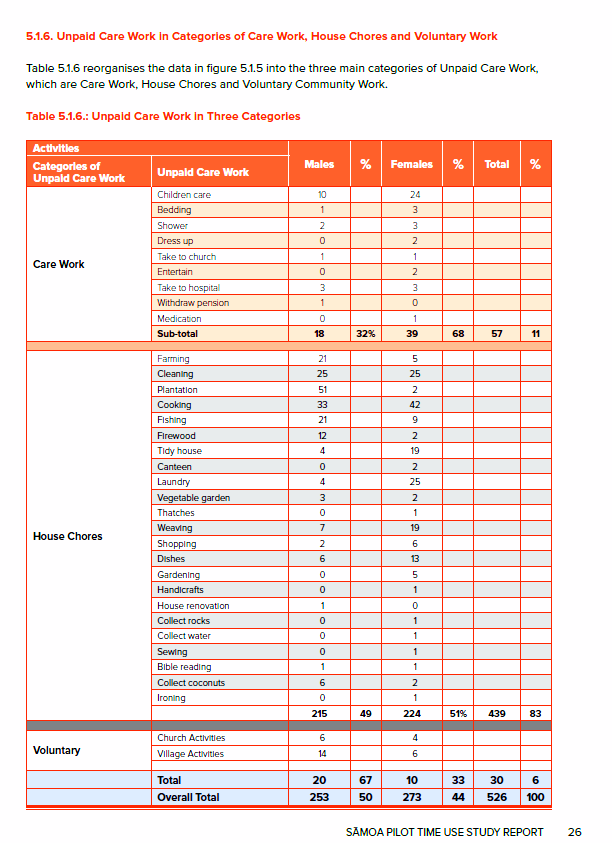
Extract data from the Samoa PilotTime Use Study Report
Delving further into the specifics of care work within the household i.e. house chores, women continued to play a
predominant role at 51%, while men closely followed at 49%. This balance suggests a more equitable distribution of responsibilities within the domestic sphere.
However, a transition occurs when examining voluntary work within the village and church context, which participants identified as a form of caregiving. Here, a distinct gender-based shift is evident, with 67% of men actively participating in village and church activities compared to 33% of women. This asymmetry highlights a nuanced dimension in the perception and allocation of caregiving duties, emphasizing the varied roles and responsibilities undertaken by individuals within the community.
The data suggests a complex interplay of societal expectations and evolving norms, providing a rich foundation for further exploration into the factors influencing gendered caregiving roles and their implications within the broader community dynamics.
Samoan culture takes precedence with the man being the leader of the household and the woman as the caretaker, resulting in the majority of caregiving responsibilities falling on women. Nonetheless, contemporary times show a shift in this outlook.
Modern fathers are increasingly taking on and sharing the responsibility of caregiving and showing more affection towards their spouse and children. And example of this was shared by one of the Sui o Tamaitai ole Nuu (STN) participant where in her family, she no longer performed tasks such as laundry due to her occupation as an STN, but it was her husband and family members who now undertake these responsibilities. However, there are instances in her observation where women may exploit their partner's willingness to take on caregiving duties, resulting in a power dynamic where the women are dominant in the household.
Insight #2: Care of the family is now undertaken as shared work between the mother and the father. This was not always the case, however, times have changed and there are families where it is the man that takes up the primary role of taking care of the children and family members.
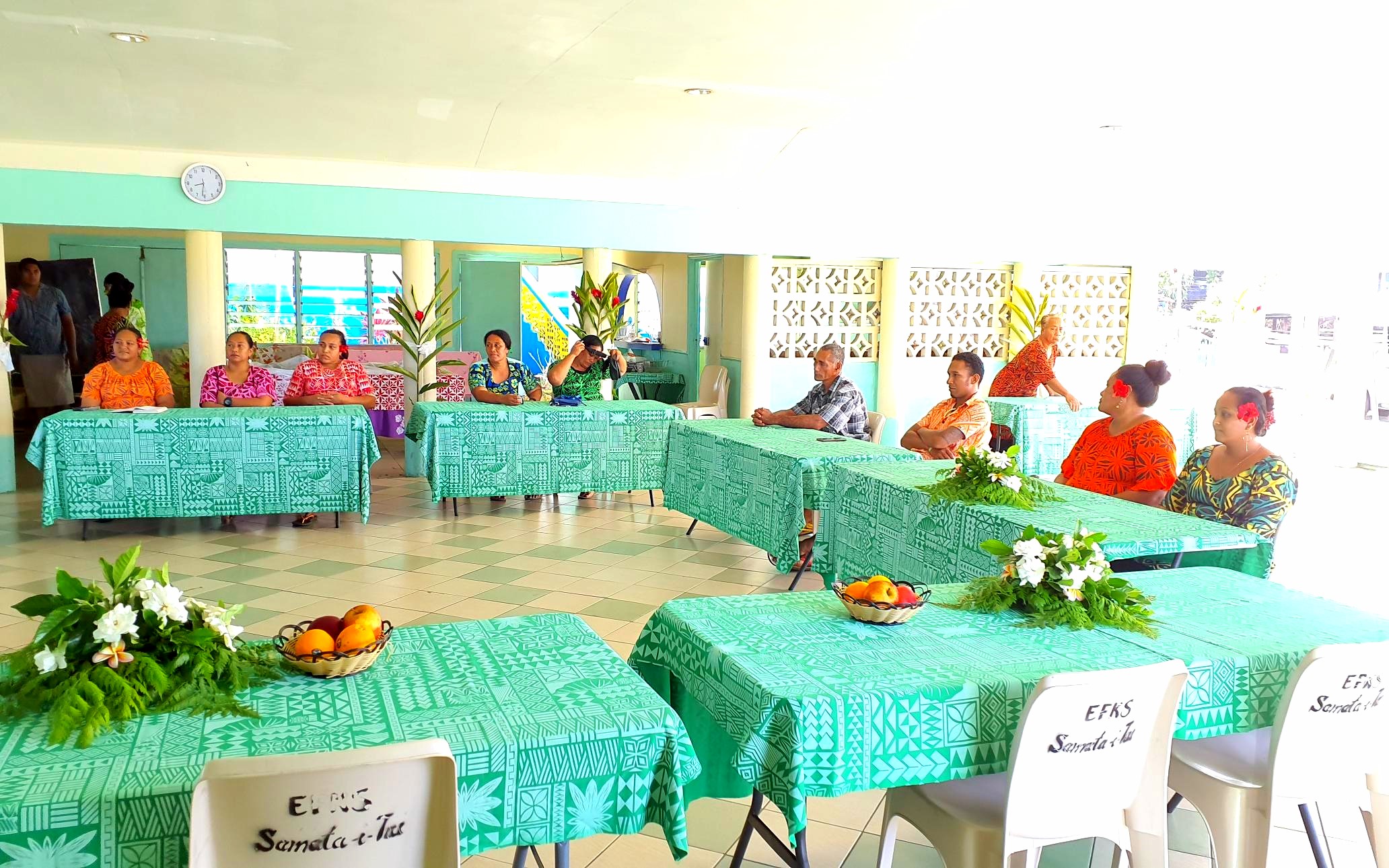
Balancing Responsibilities: Juggling Unpaid Care Work, Community Involvement, and Personal Time
In the hustle and bustle of daily life, many Samoans find themselves dedicated to the well-being of their families and are actively engaged in their communities. From tending to household chores to participating in Women's Committees and pursuing personal endeavors, communities have skillfully navigated their responsibilities while seeking opportunities for growth and support.
Reflections shared about what a typical day would encompass begins with preparing the children for school with mothers accompanying them and waiting until the end of school. A significant portion of the morning is dedicated to ensuring their needs are met, allowing for a smooth start to the day. Once the children are taken care of, attention turns to the upkeep of the household. Cleaning, meal prepping, and other essential tasks occupy the remaining hours. In some cases, weaving traditional fine mats and contributing to the village's cleanliness and beautification become part of the routine. The Women's Committees play a vital role in this aspect, fostering a sense of community and unity.
Among the commitments and responsibilities, individuals also cherish their personal time. Whether it's engaging in activities like playing Bingo, pursuing hobbies, or simply finding solace and relaxation after a long day, moments of appreciation allow them to recharge and focus on themselves.
Where the opportunity arises, stay at home care givers in the community also actively seek out assistance programs and workshops that can provide economic benefits for their families. With the flexibility to manage their time, they attend workshops, prepare grant proposals, and collaborate with government and civil society organizations to
secure support. This adaptability allows them to seize opportunities that enhance their families' well-being.
Finding harmony in juggling unpaid care work, community involvement, and personal time requires a delicate balance. By dedicating themselves to the needs of their loved ones and actively engaging in their communities, these individuals show resilience and a commitment to nurturing both their families and themselves.
Notably, the involvement of men in unpaid care work has evolved over time. While their mornings may be devoted to land work or fishing, they later join their partners and family members to assist with household chores. Taking care of children, laundry, and cleaning are now tasks shared by both men and women, showcasing a shift in traditional gender roles.
In contextualizing shared responsibilities, the study reveals the following:
Female to Male Ratios:
- In Care Work: 69:31 or 2:1
- In House Chores: 48:52 or 1:1
- In Voluntary Work: 30:70 or 1:2
- Overall, in Unpaid Care Work: 50:50 or 1:1
Female to Male Ratios in Categories Combined:
- Female ratio of Care Work to House Chores to Voluntary Work: 69:48:30 or 2:1:1
- Male ratio of Care Work to House Chores to Voluntary Work: 31:52:70 or 1:1:2
- Combined ratio of Care Work to House Chores to Voluntary Work: 12:82:6 or 2:13:1
Care Work:
- The majority of caregivers are female, with a notable 2:1 ratio.
- The combined ratio of male and female caregivers is 3:1.
House Chores:
- The distribution of responsibilities is fairly balanced, with a 1:1 ratio between females and males.
- The combined ratio of male and female contributors to house chores is heavily skewed towards females at 1:7.
Voluntary Work:
- Males dominate in voluntary work, with a 1:2 ratio against females.
- The combined ratio still shows a significant skew towards house chores, with a 13:1 ratio compared to voluntary work.
Overall Unpaid Care Work:
- The overall ratio is balanced at 1:1, indicating an equal contribution of unpaid care work by both females and males.
While the overall unpaid care work is evenly distributed between females and males, there are notable variations in the specific categories. Females predominantly take on care work, while house chores are more evenly split. In contrast, voluntary work leans towards males. The combined ratio reveals a substantial concentration of contributions in house chores compared to care and voluntary work, emphasizing the need for a more equitable distribution of responsibilities across genders.
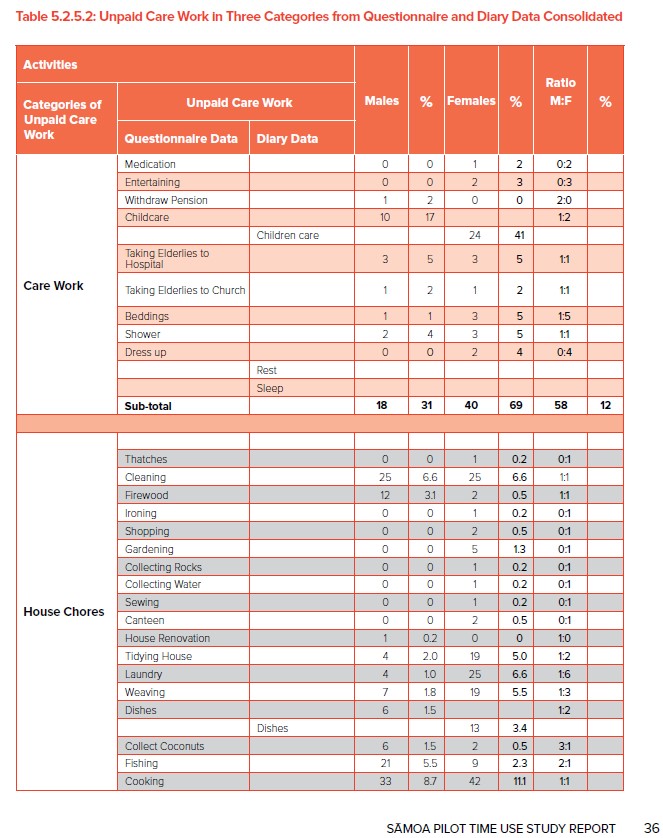
Extract data from the Samoa PilotTime Use Study Report (pg36)
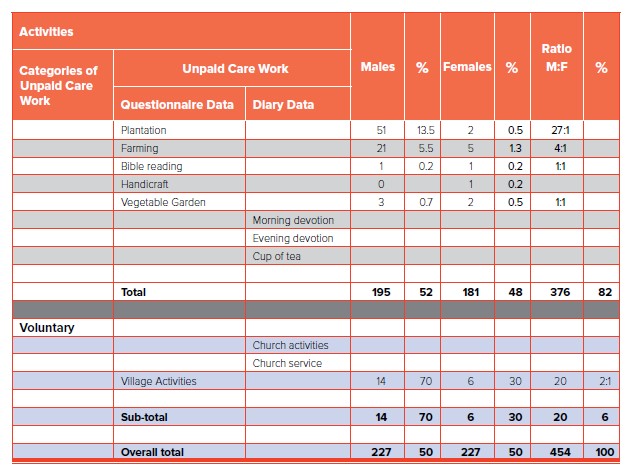
Extract data from the Samoa PilotTime Use Study Report (pg37)
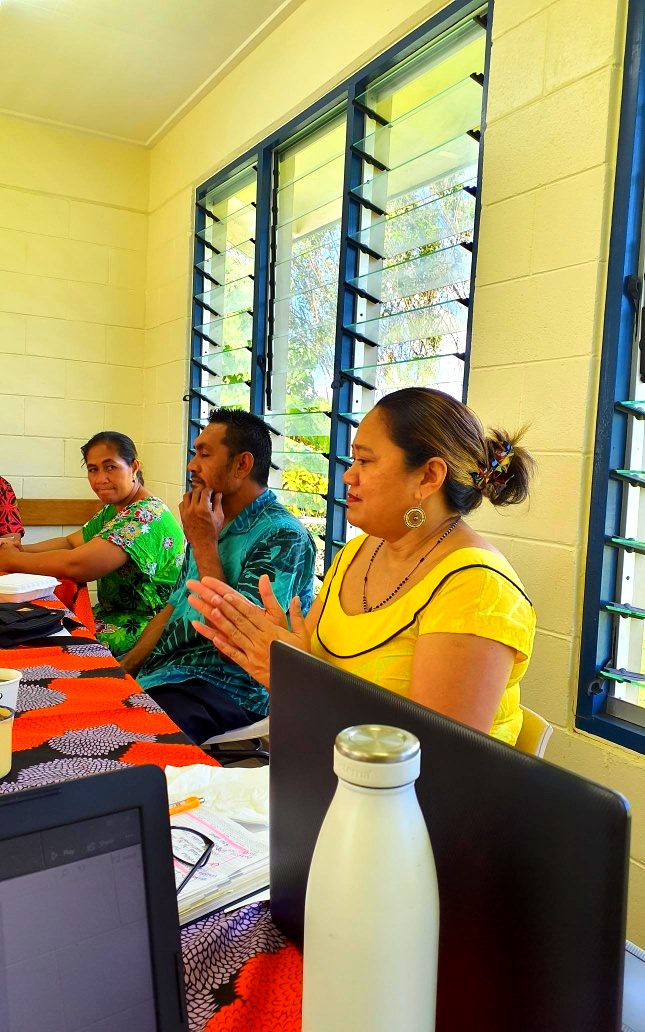
Insight #3: Empowering Women and enriching unpaid care work through the art of weaving
The art of weaving fine and other types of mats extends beyond being a craft—it is a profound form of unpaid care work that consumes significant amounts of time and carries immense value. The monetary income generated from this meticulous artistry directly supports the care and well-being of parents and families. The process itself demands an investment of time, with the preparation of leaves alone taking months to ensure they become soft, white, and durable. Weaving these intricate mats is not a task accomplished hastily; it requires dedicated weeks, and in some cases, even up to a year.
Yet, amidst these time-intensive endeavors, the women in the communities reflected that it is not only a cherished cultural practice but also an integral part of the women's livelihoods. Despite their caregiving responsibilities, these women skillfully navigate their weaving schedule, seamlessly integrating it into the their daily lives while caring for their families.
In addition, both women and men from the communities that participated in the focus group discussions further clarified that caring for the family is a collective effort and in these modern times, unpaid care work transcends gender roles, as both men and women contribute their skills and efforts. Whether it's the meticulous craft of weaving
mats or the dedication of men tending to the plantation, each task becomes a vital piece in the nurturing and supporting of the family. The mindset of "loto fesoasoani" prevails, acknowledging that caregiving work is no longer confined to traditional gender norms but is a shared responsibility embraced by all members of the family.
The UNDP Multi-Cultural Office for Samoa, Cook Islands, Niue and Tokelau, aimed at comprehending time use and unpaid care work in Samoa, is now available for download on the official UNDP website here: Samoa Pilot Time Use Study Report

 Locations
Locations
